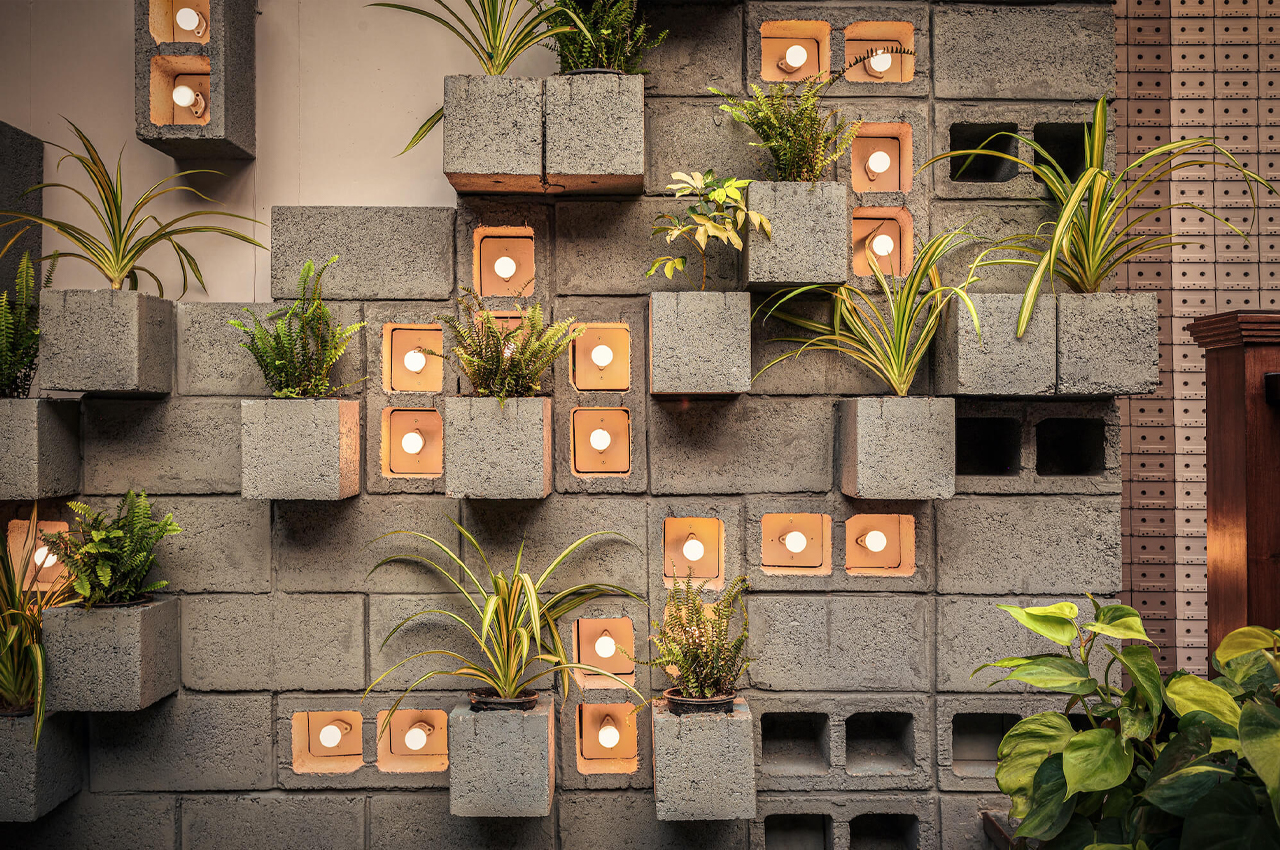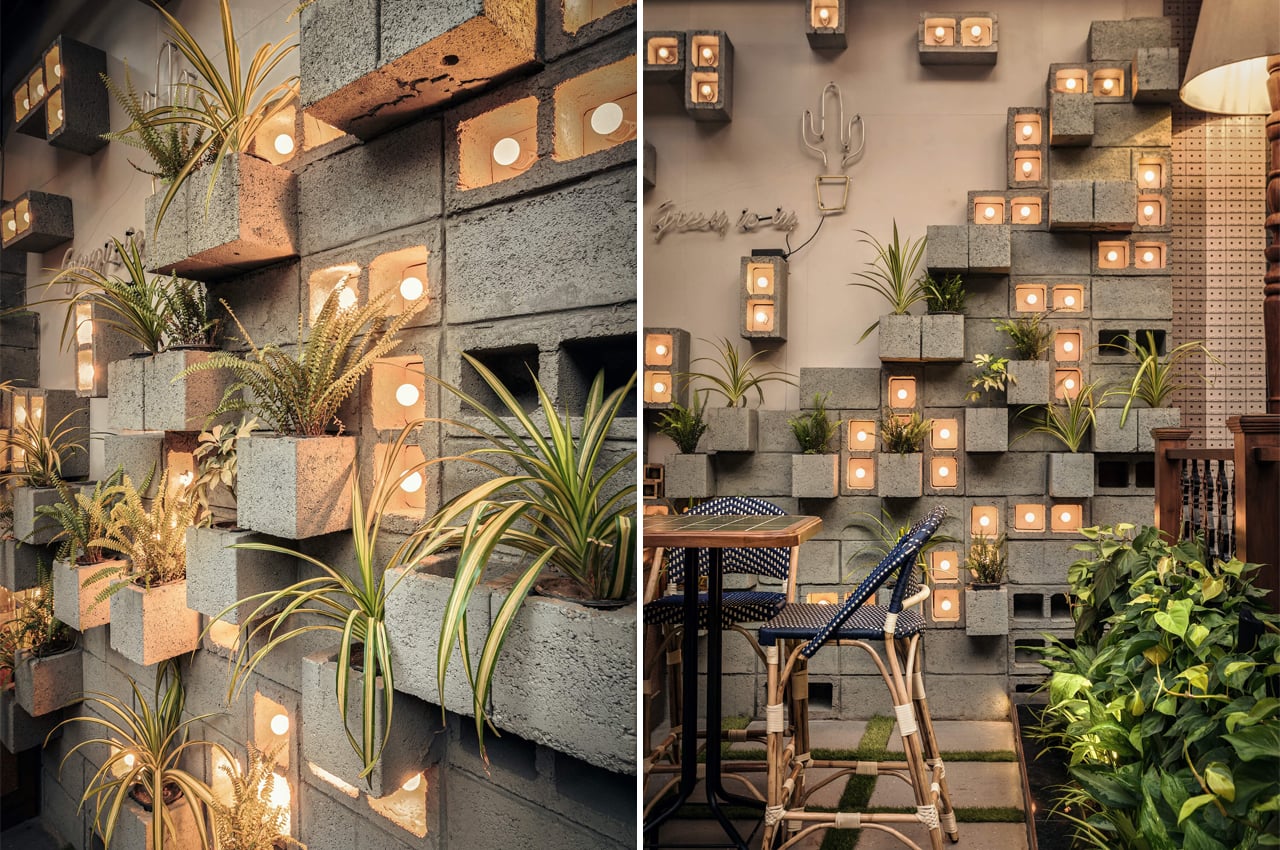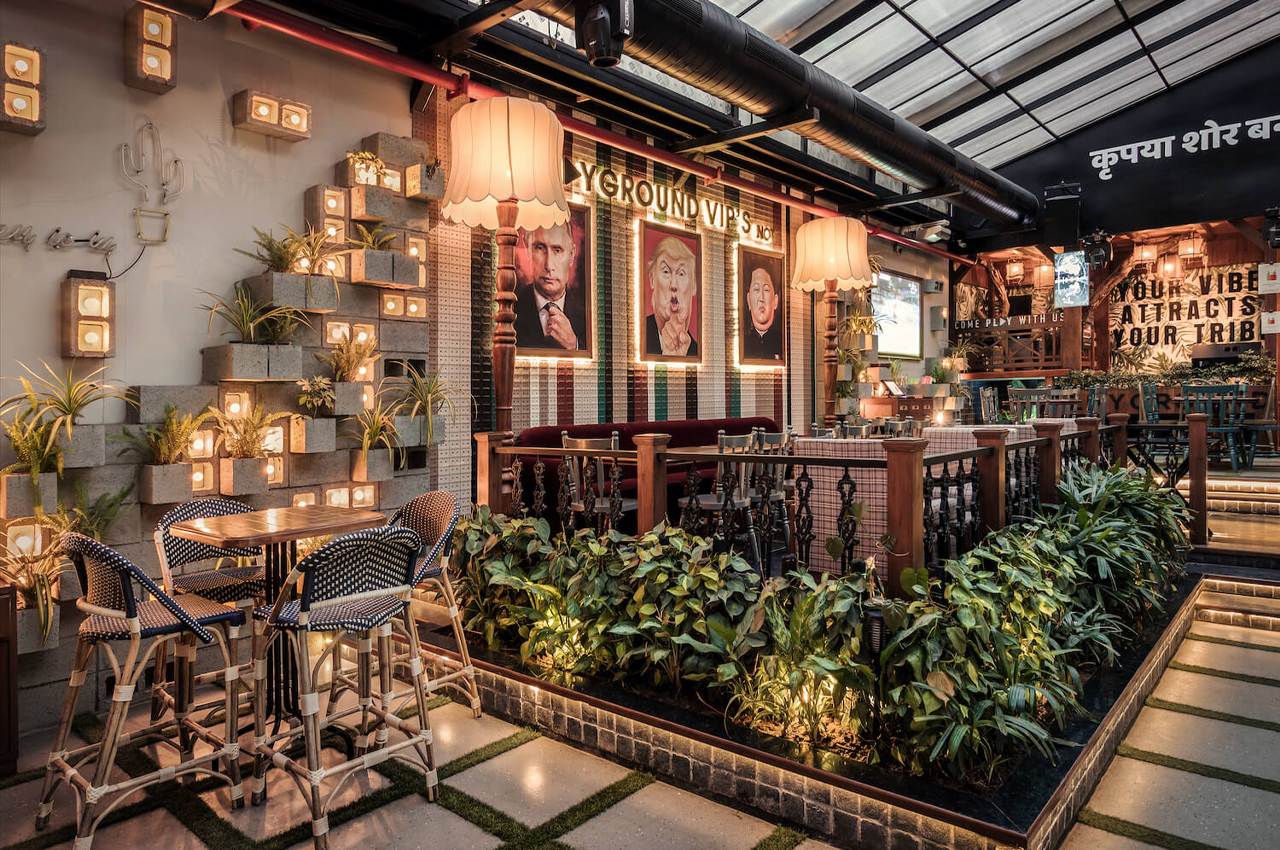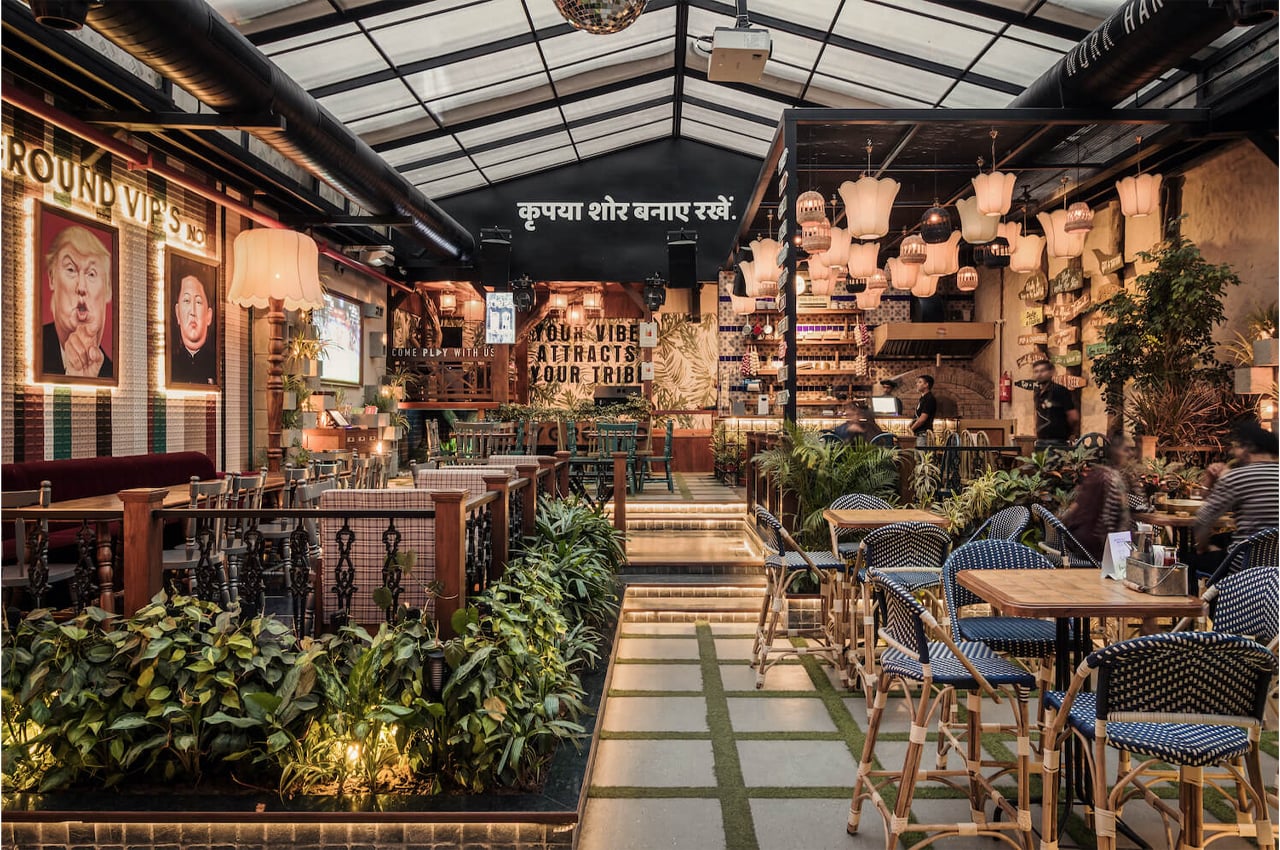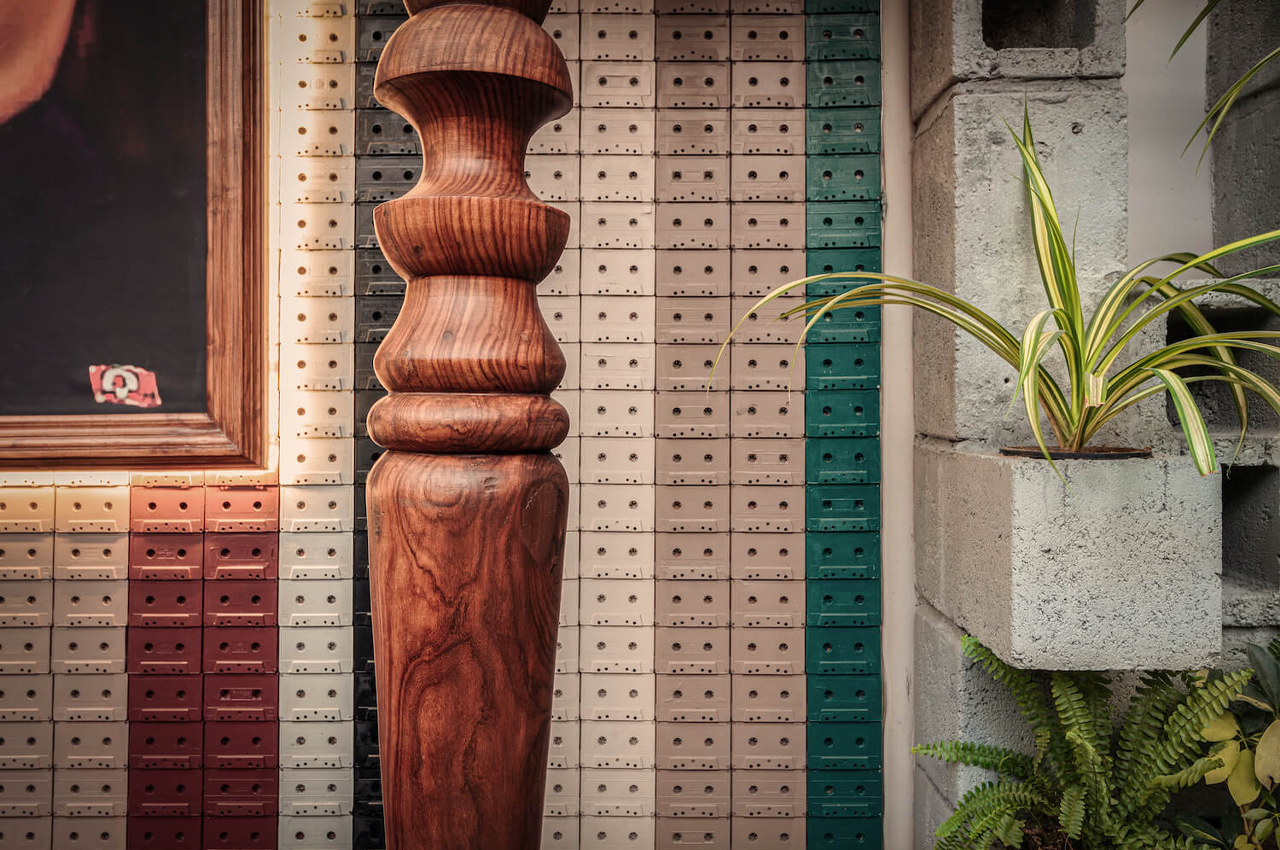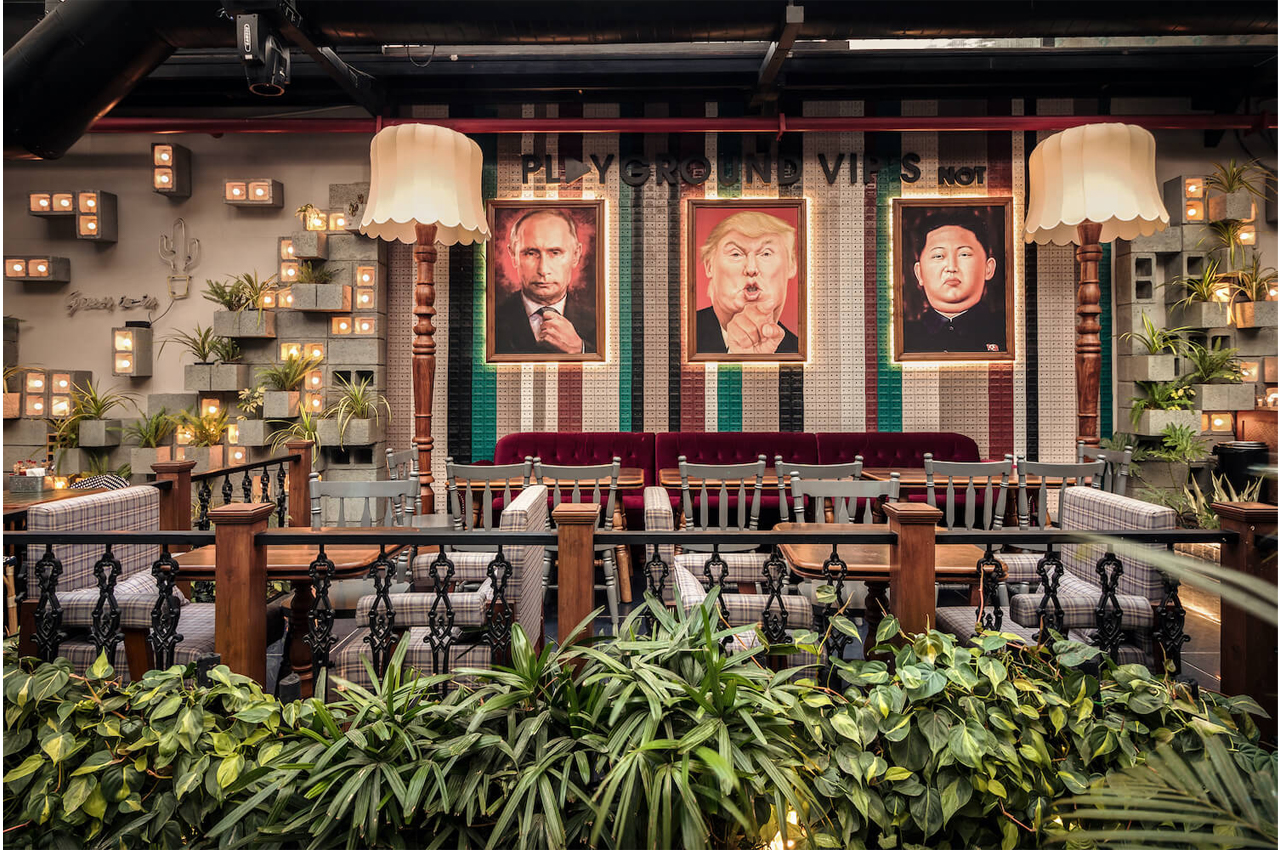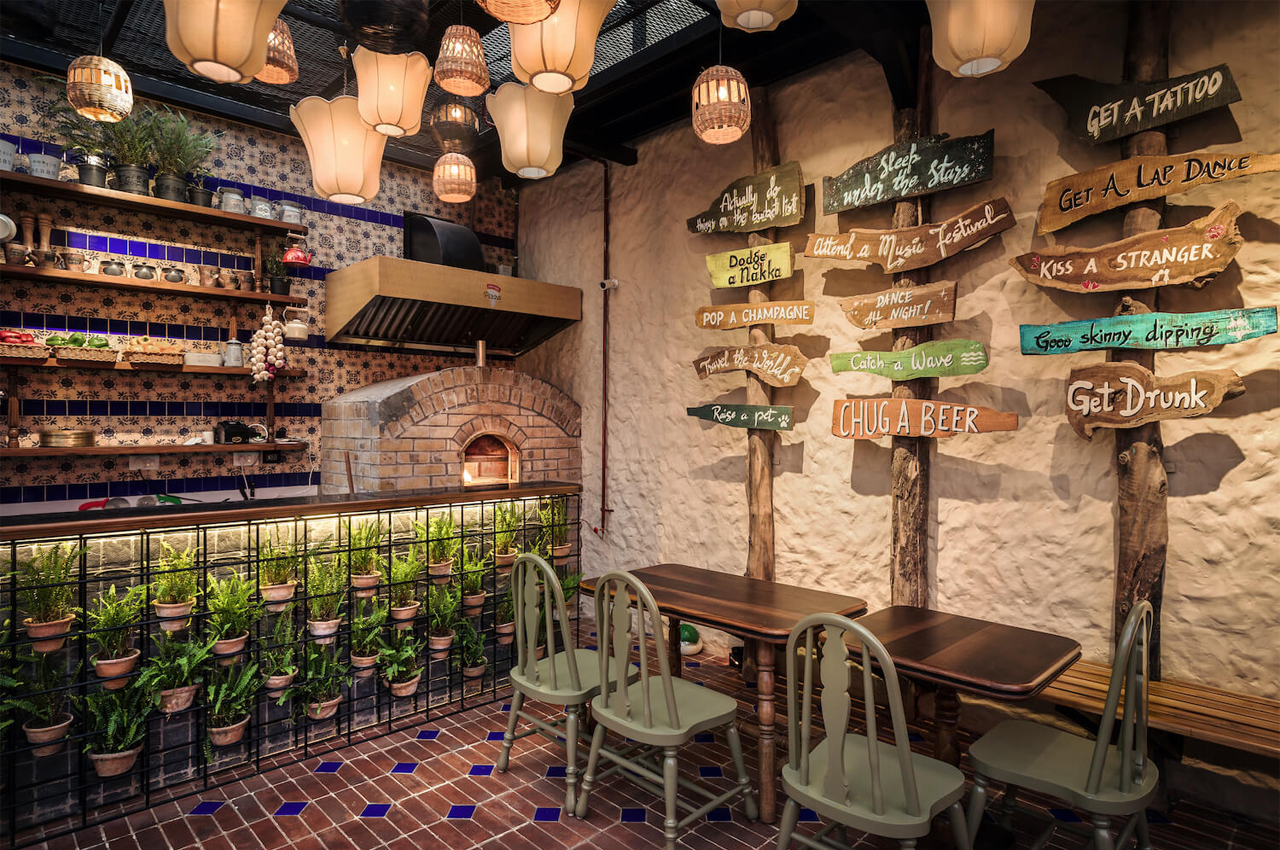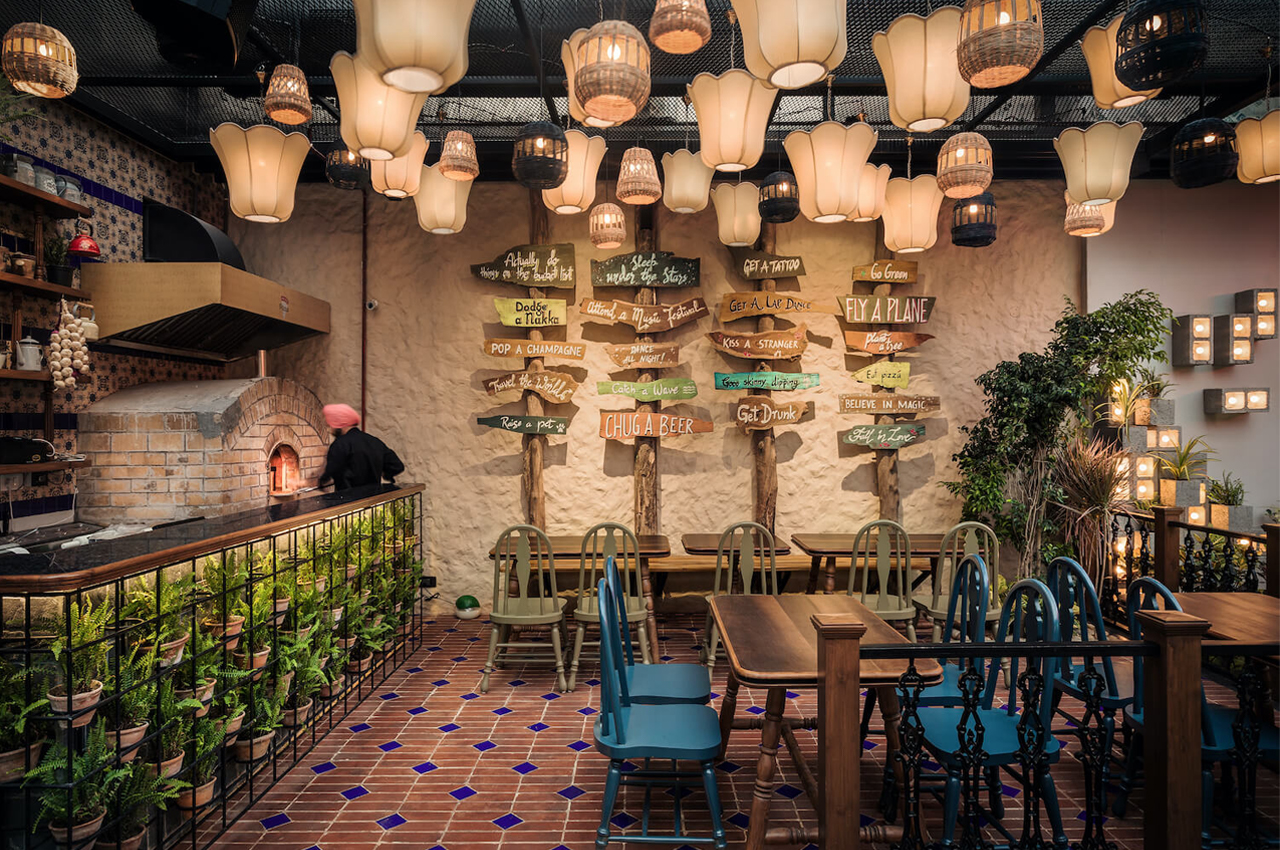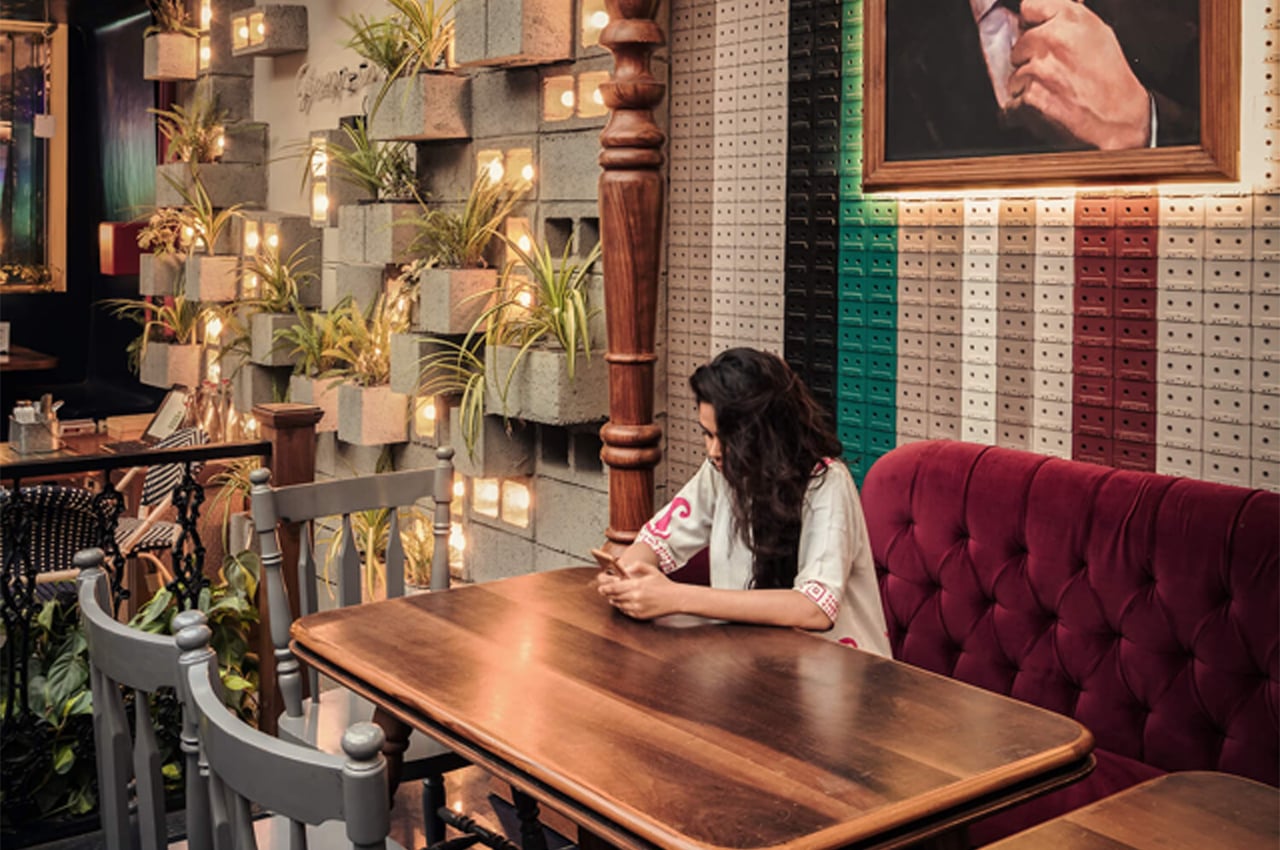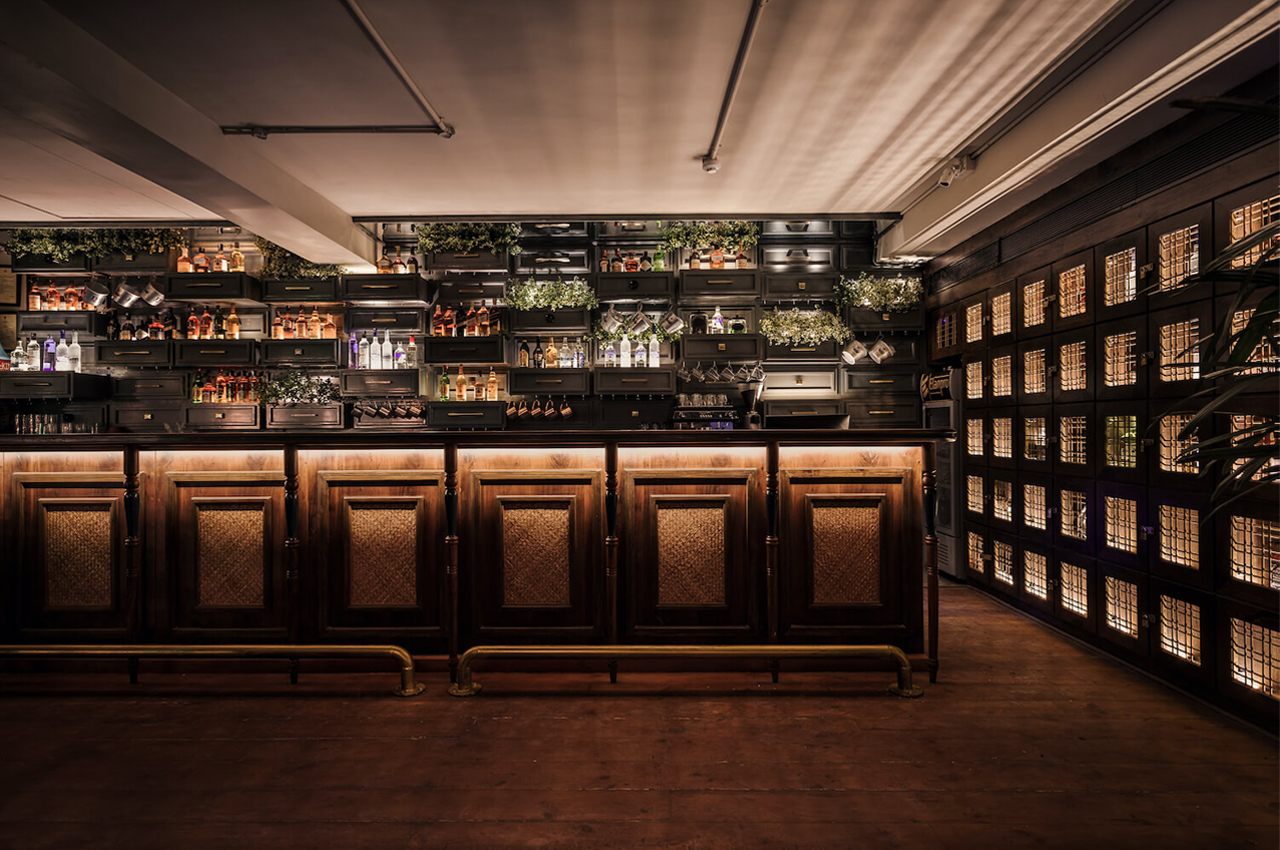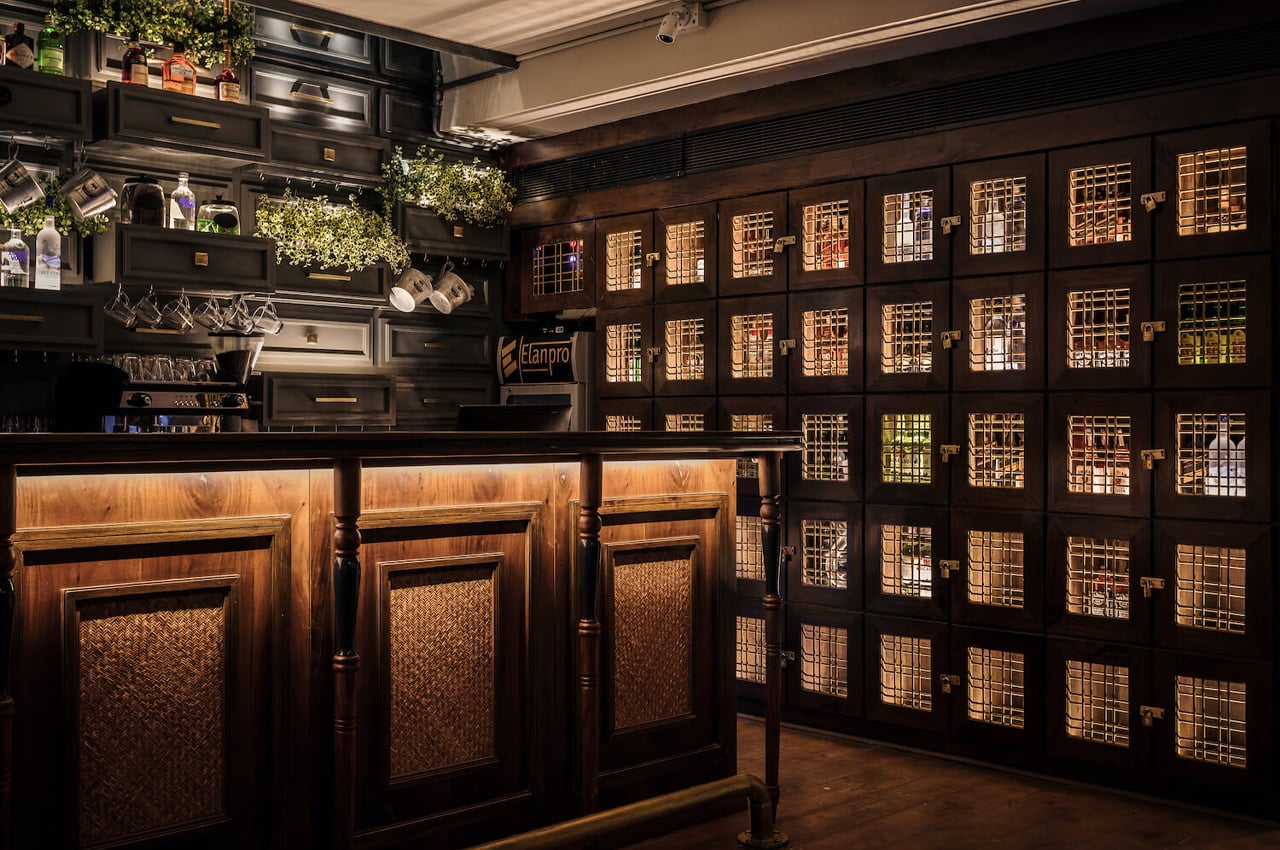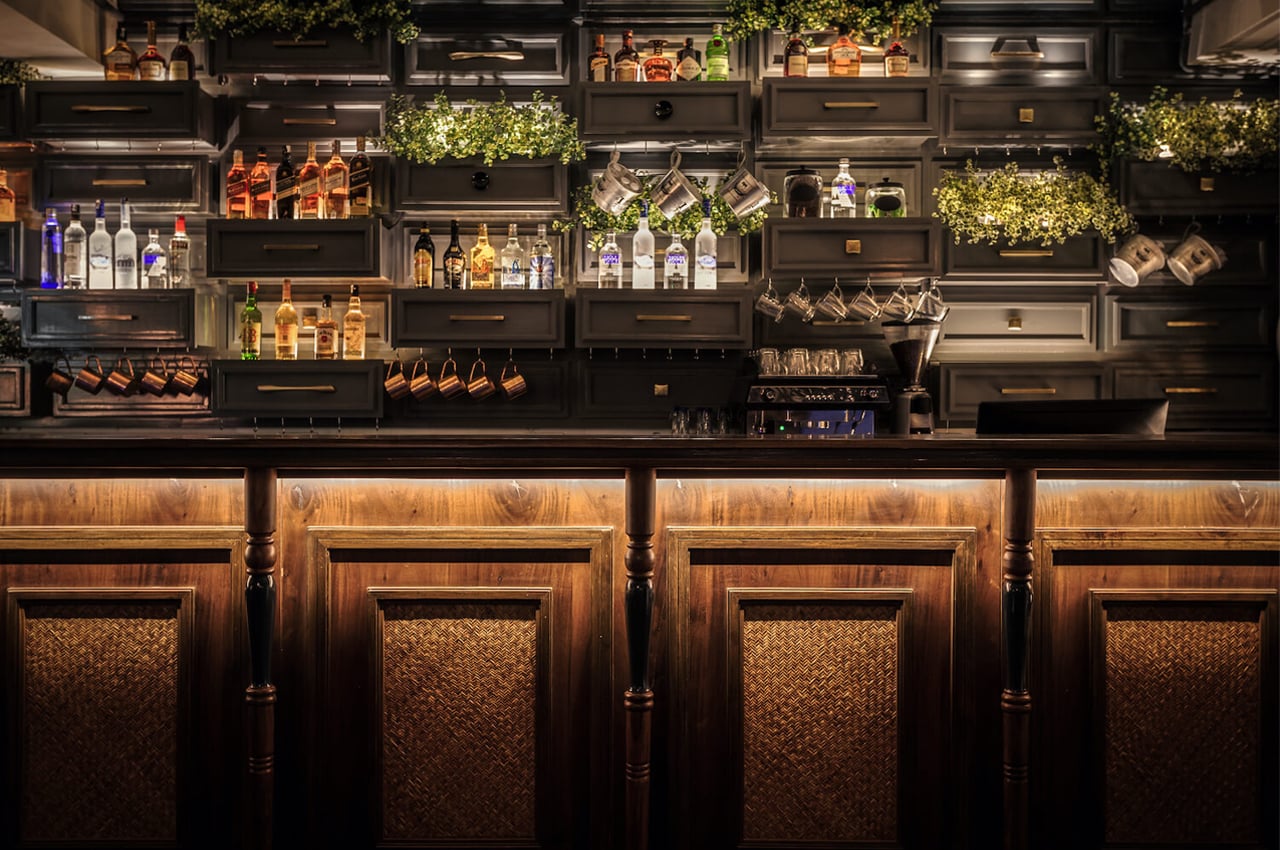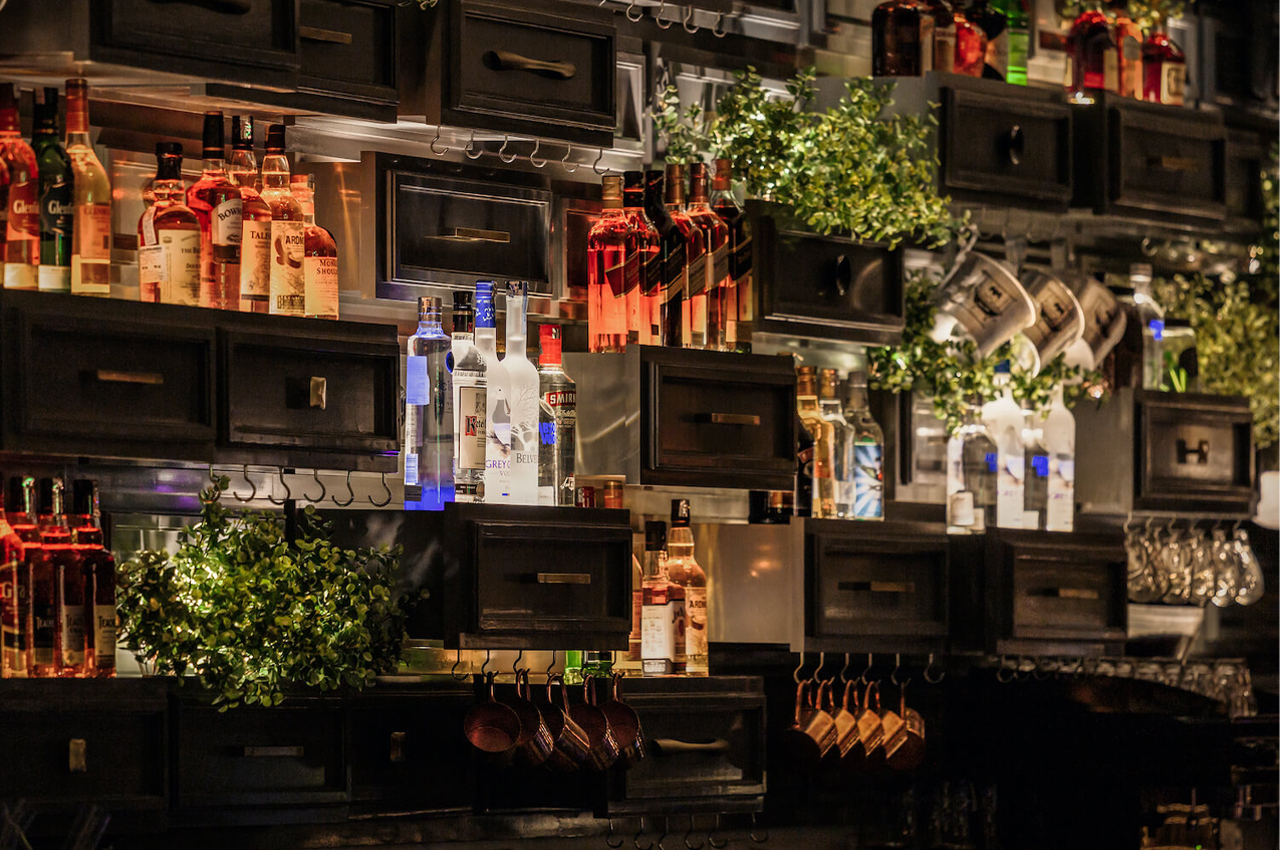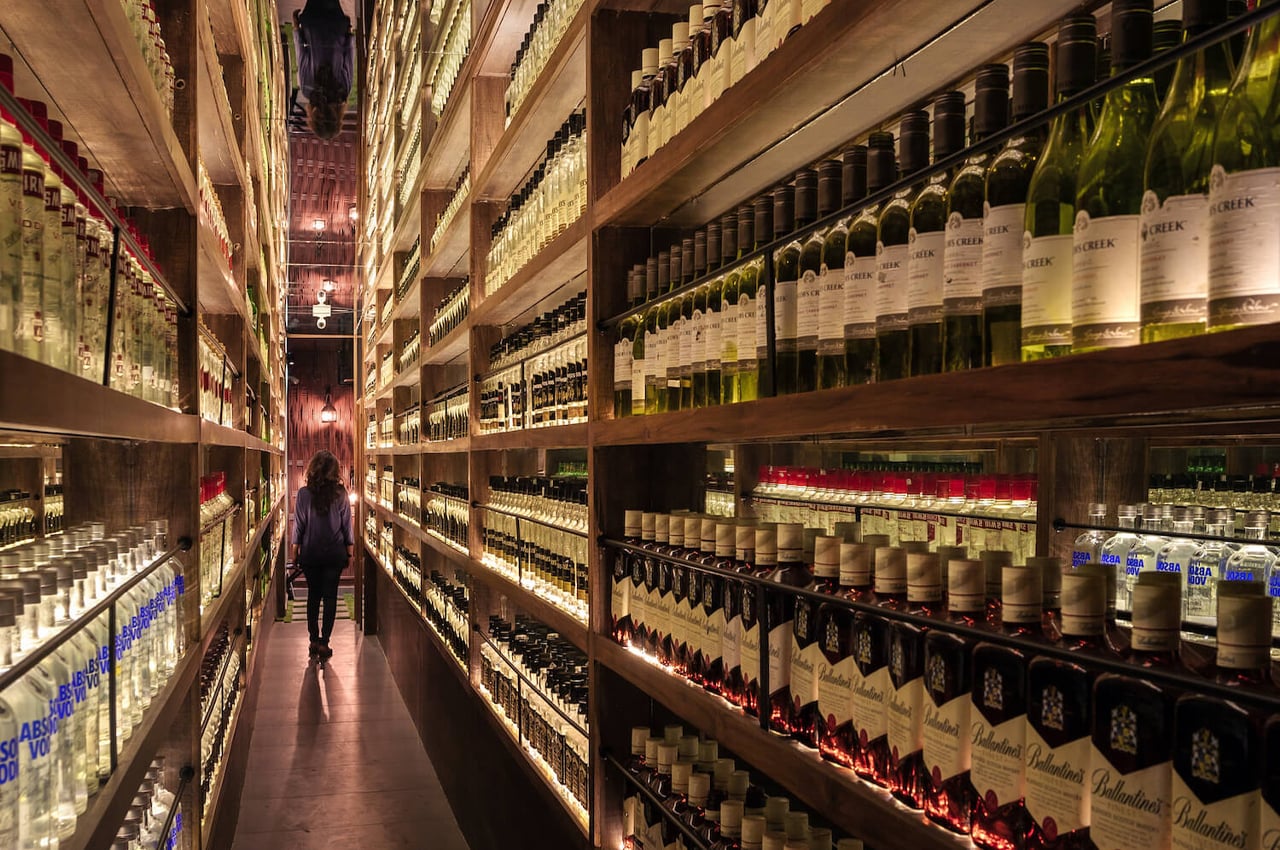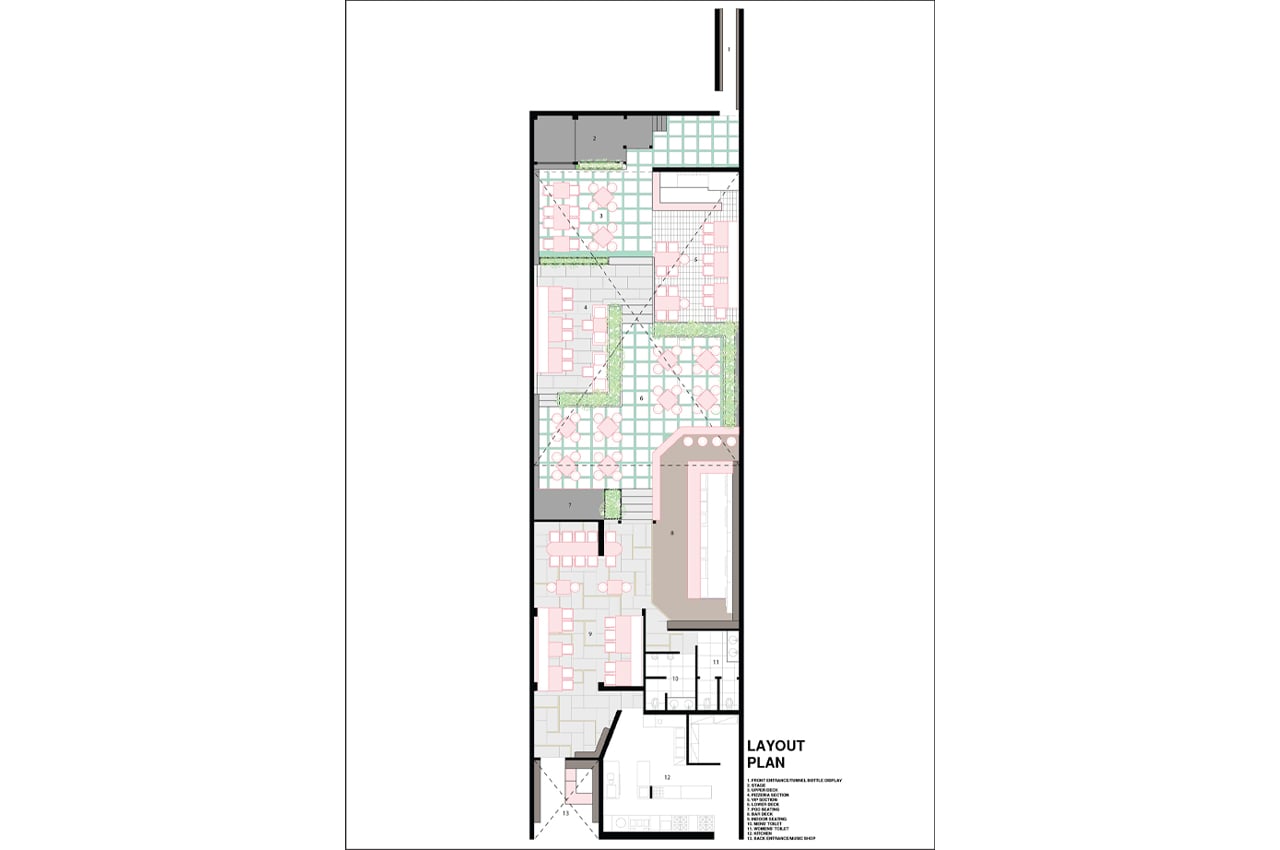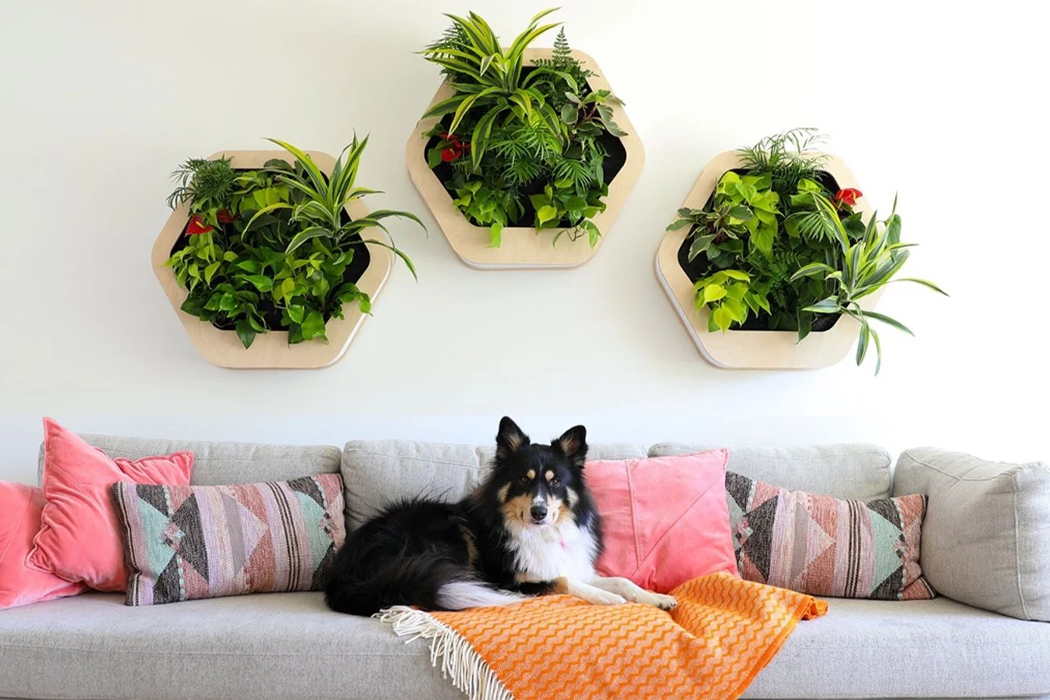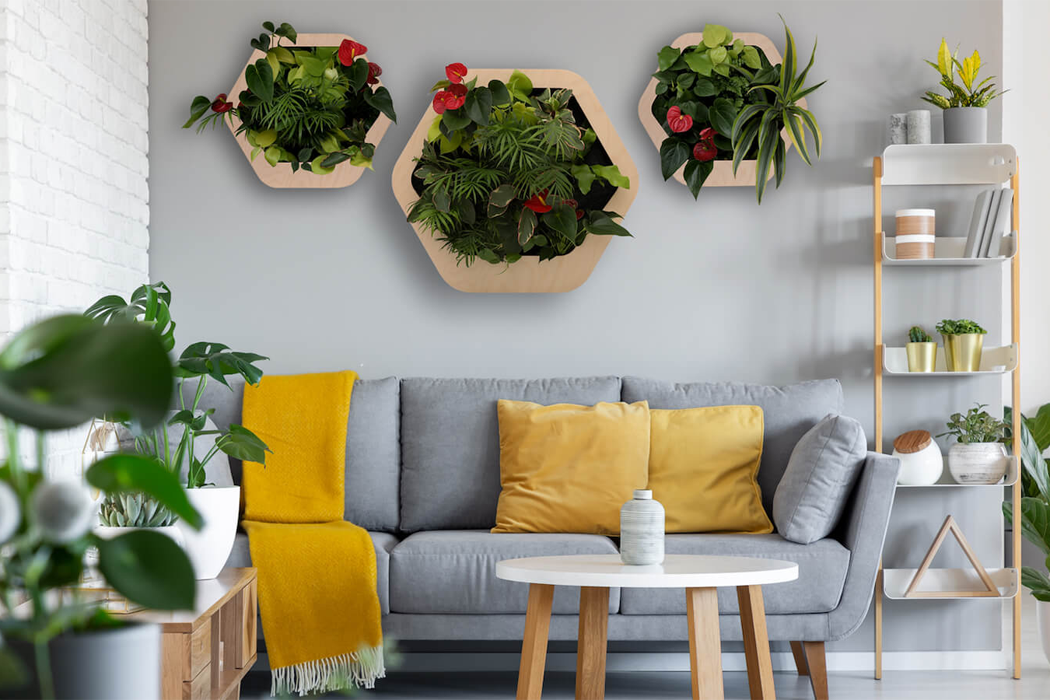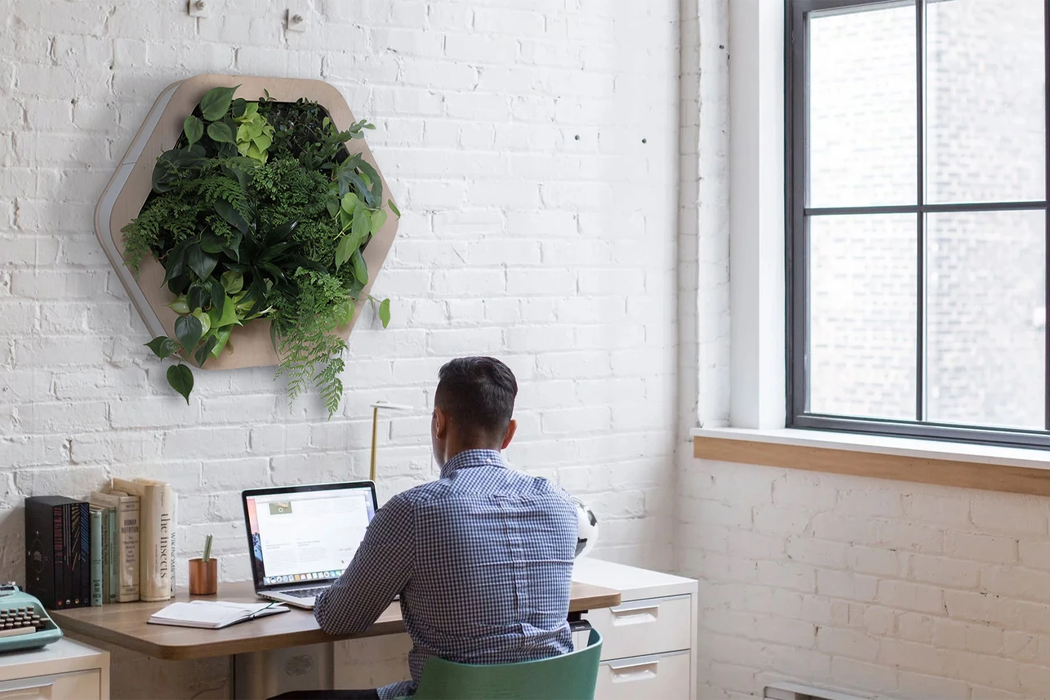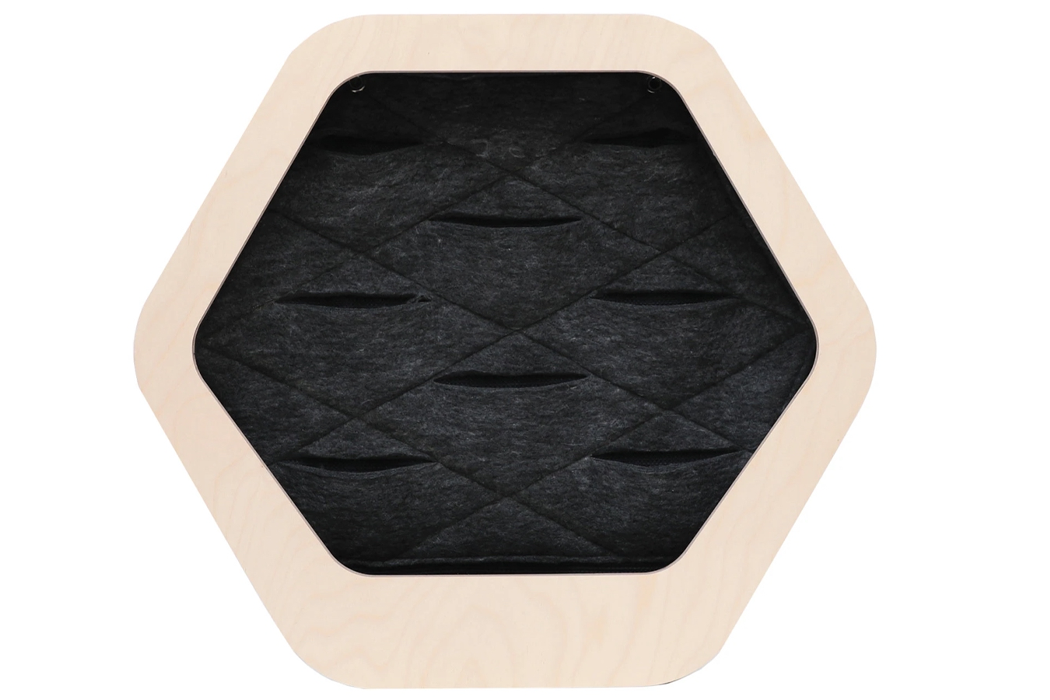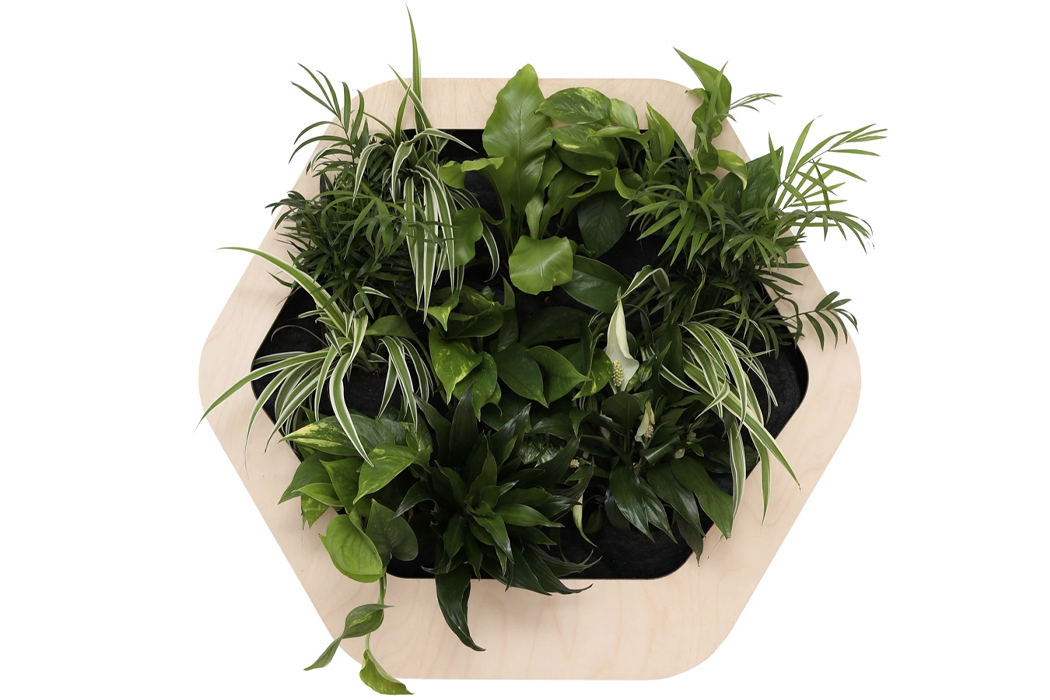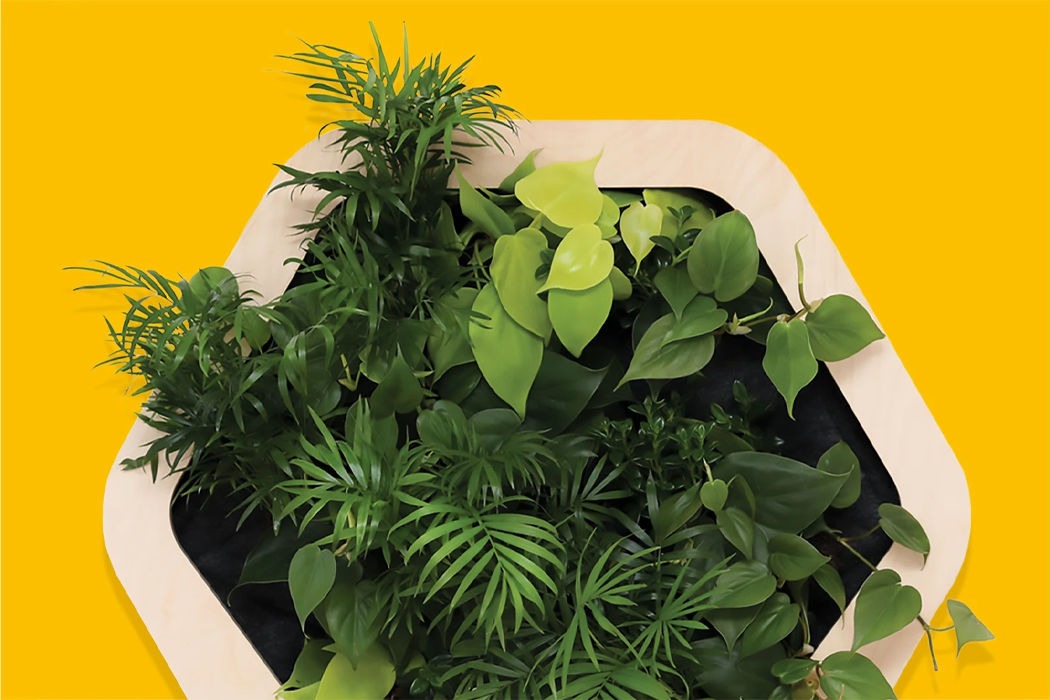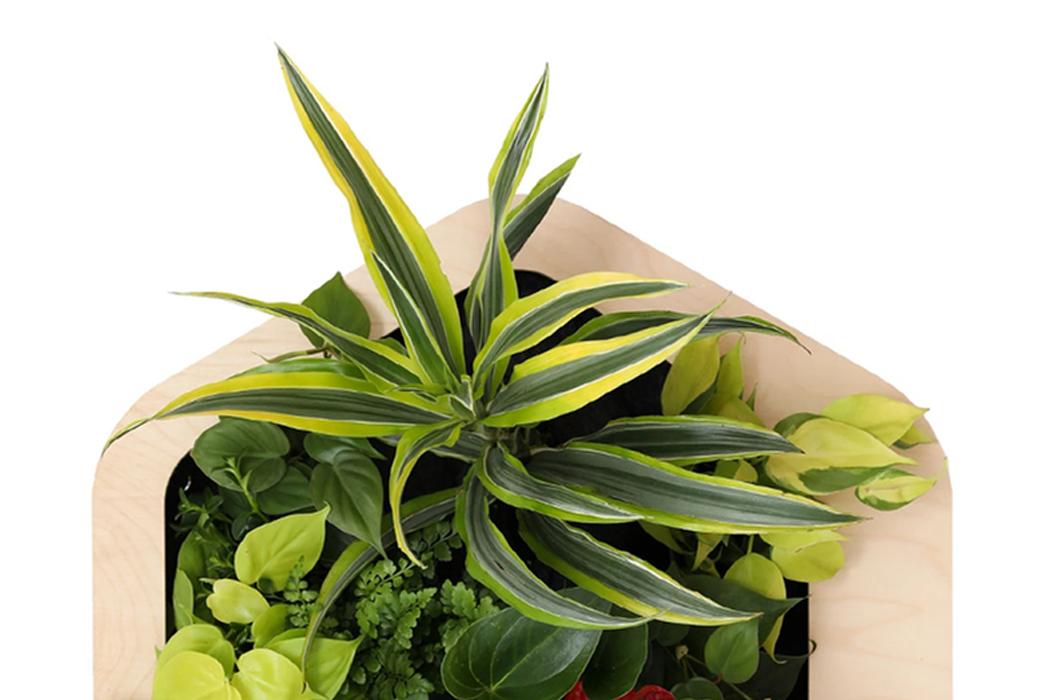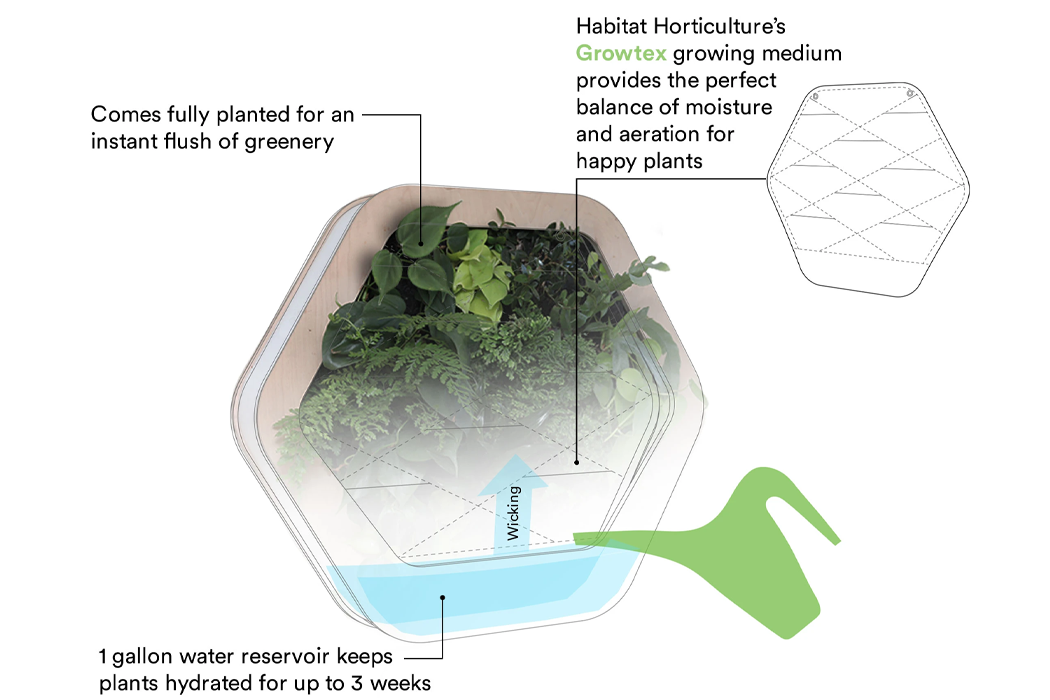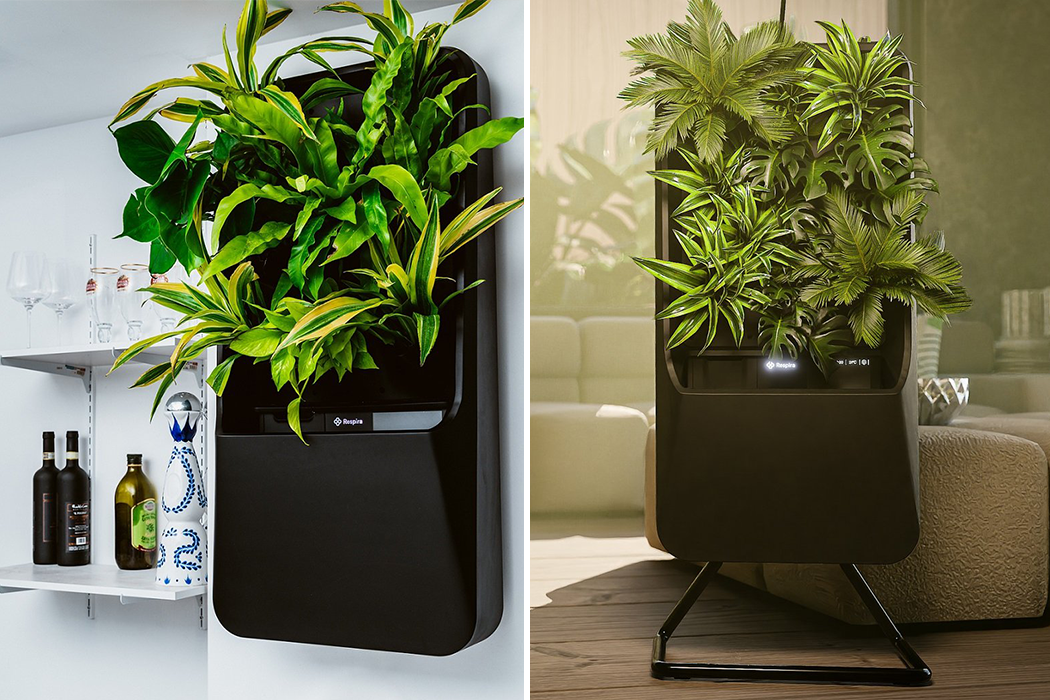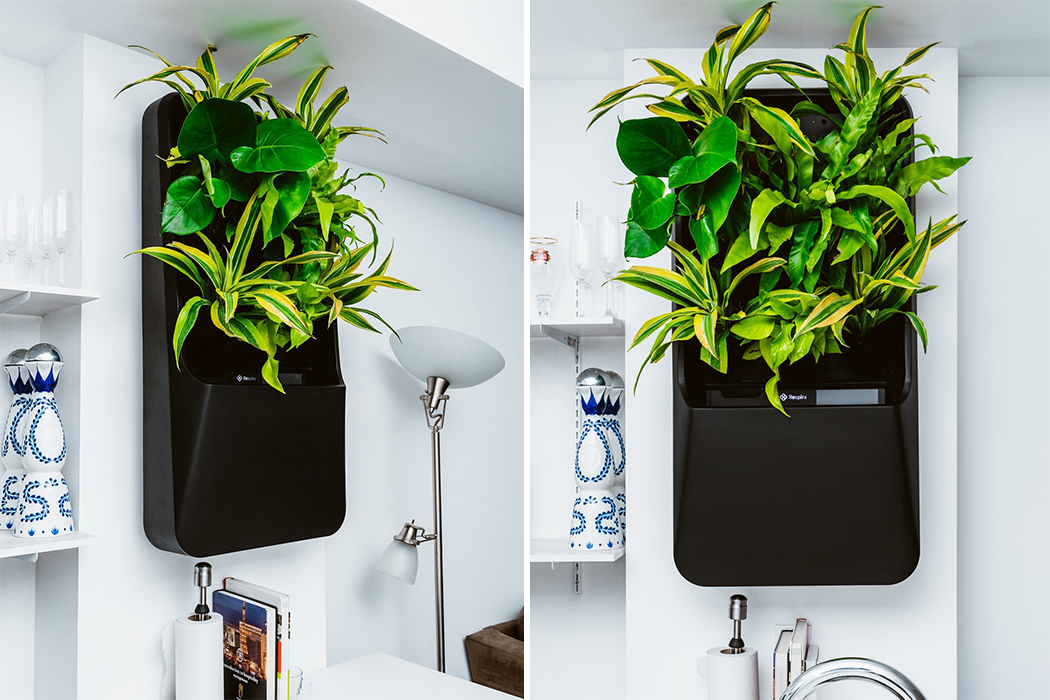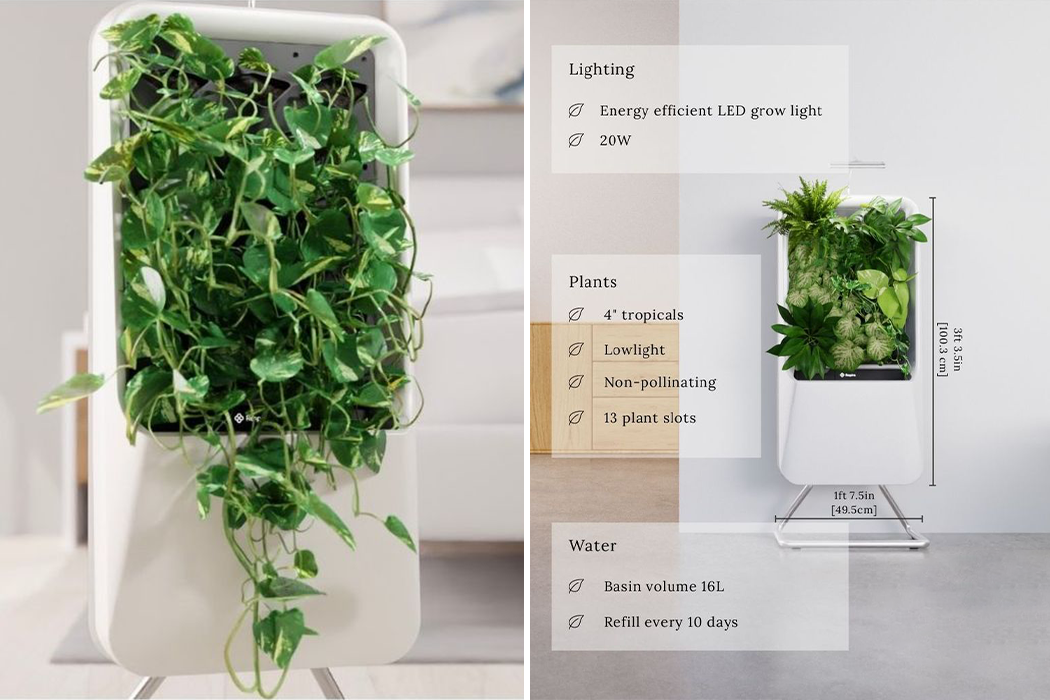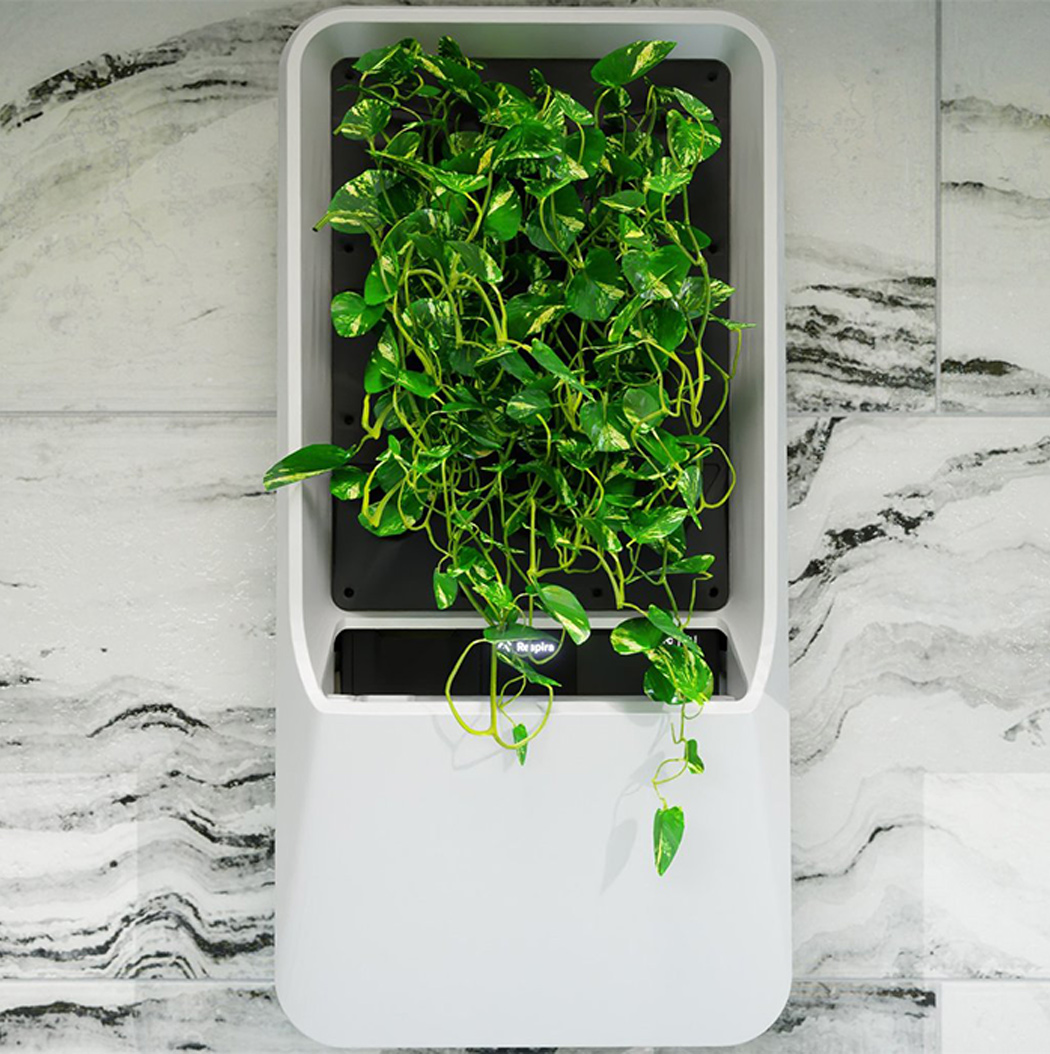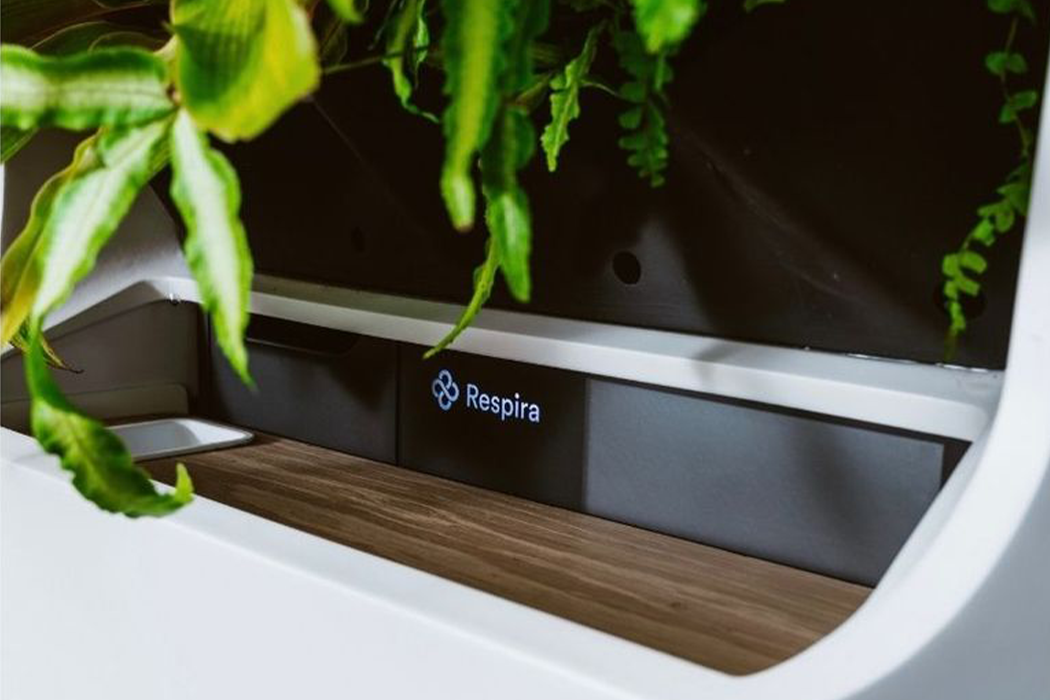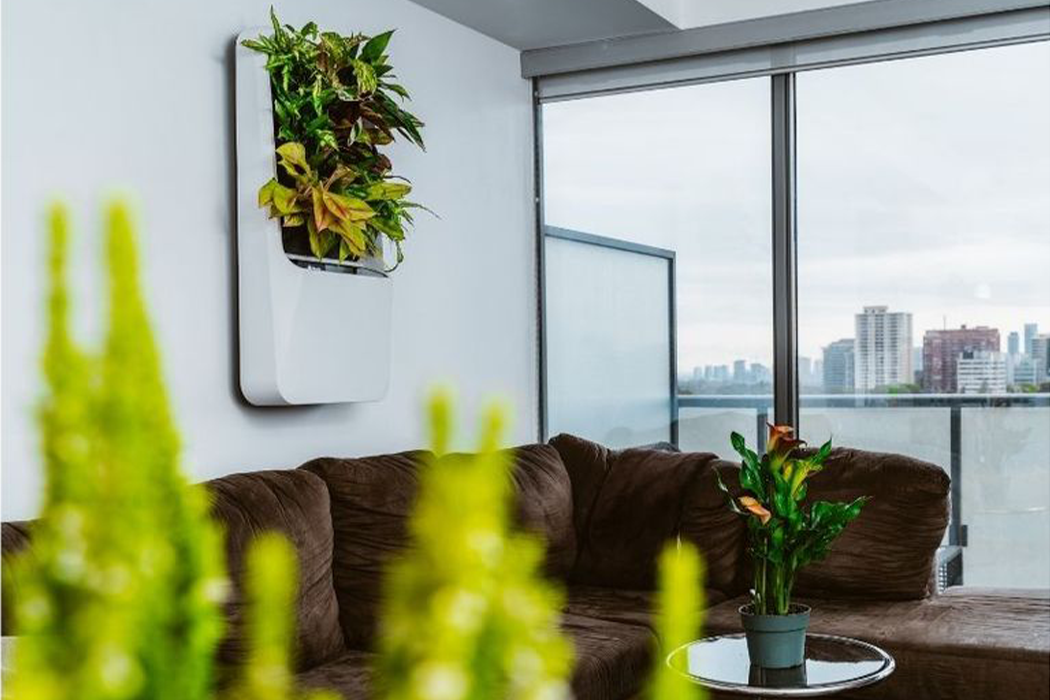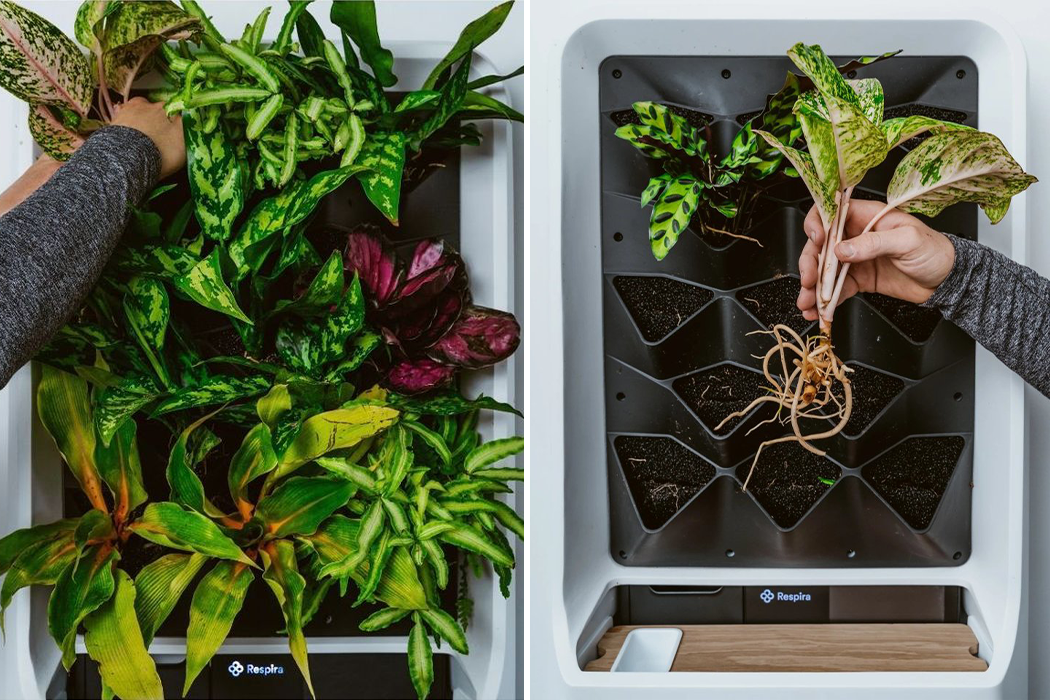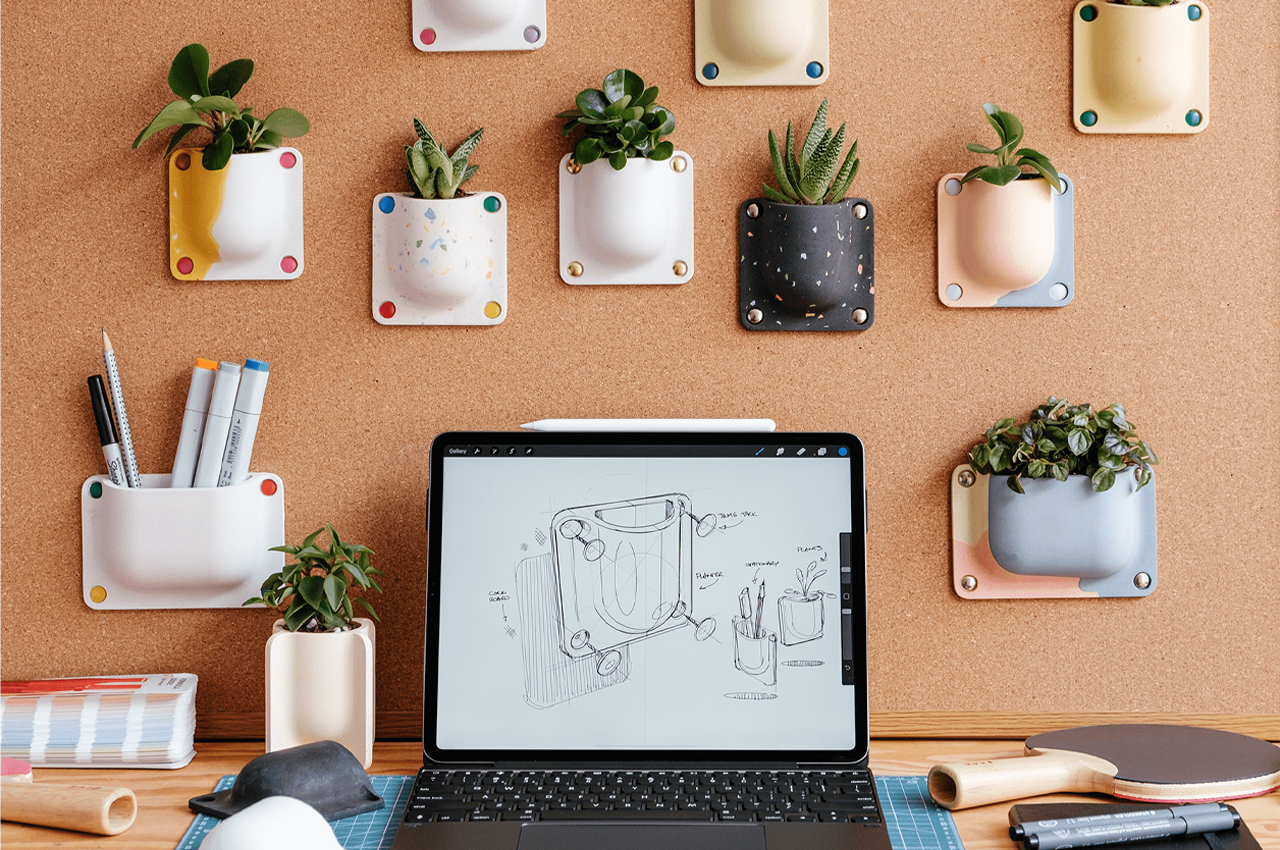
Flora is a WFH wall accessory that combines an organizational cork pinboard with hanging planters molded from jesmonite.
With WFH orders sending us to the far reaches of our bedrooms-slash-offices, there’s never been a better excuse to accessorize. New designs for organizers, stationary, and desks have redefined what working from home could look like.
Designer: Préssec Design
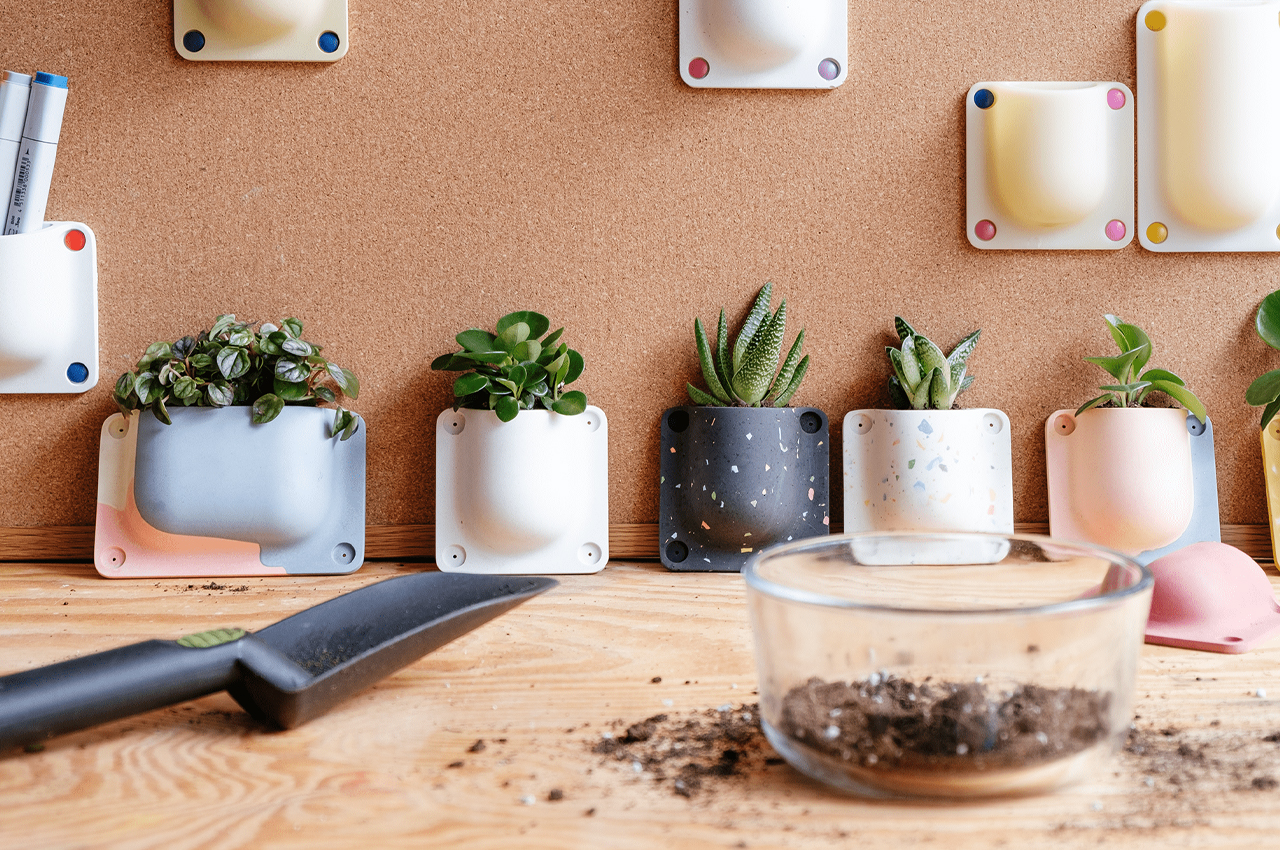
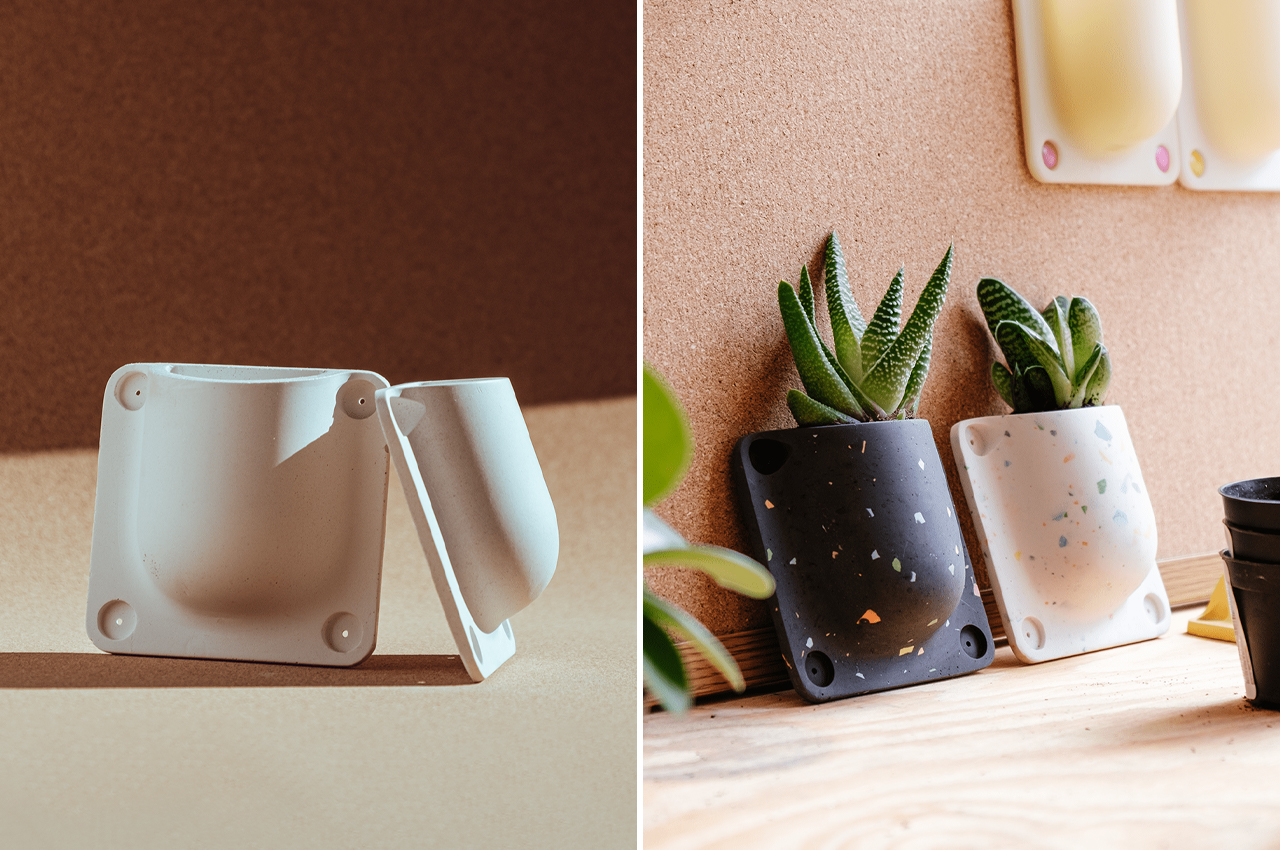
Over recent years, designers have created multifunctional WFH appliances by integrating elements like hidden storage units and organizers into appliances like chairs and desks to make the workday at home feel just as efficient as it feels in the office. Today, designers from Sydney-based Préssec Design have developed Flora, a wall garden system that combines a cork pinboard with hanging planters.
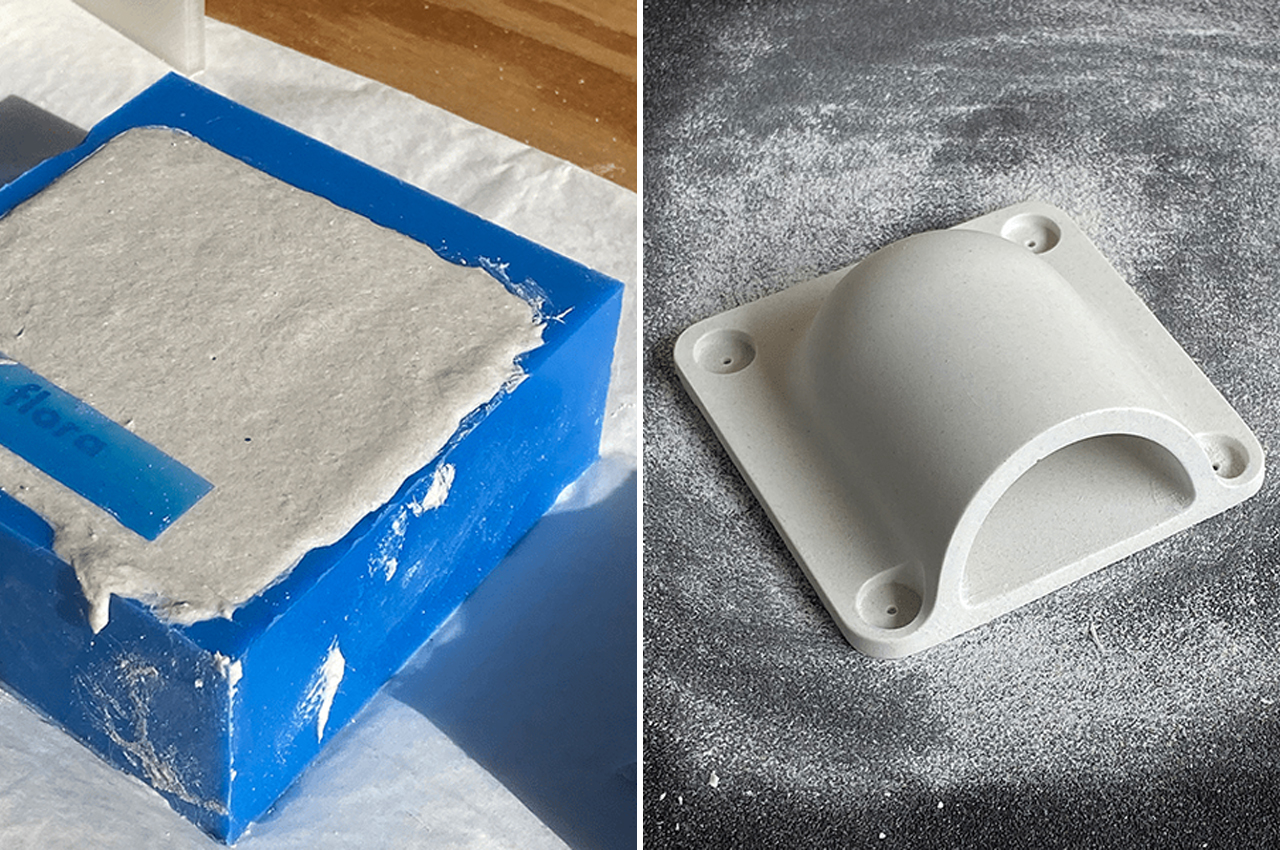
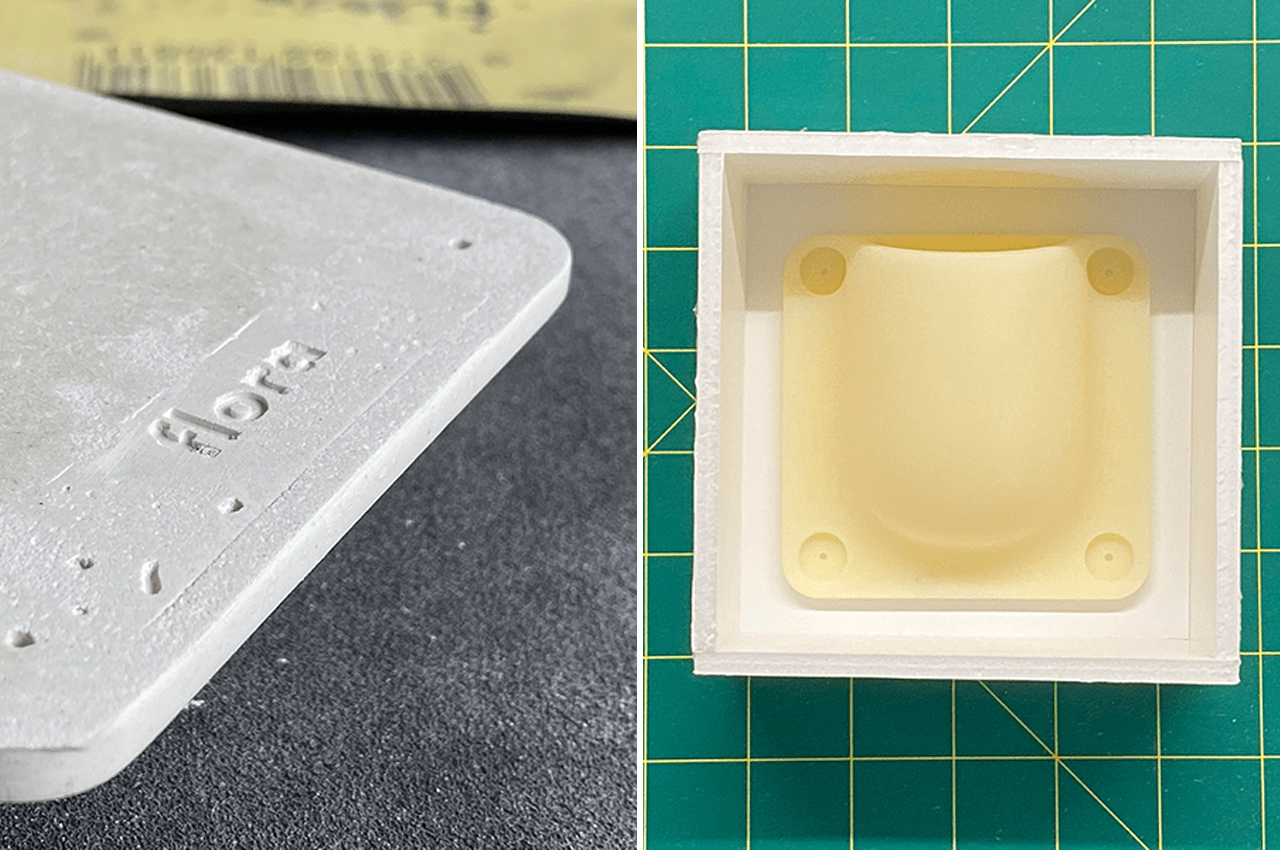
Molded from jesmonite, Flora features specks of color for a modern take on terrazzo, a form of composite material originating in 16th-century Italy. Conceived as a passion project during the lockdown, the designers at Préssec Design first made Floria from concrete casting. Once they achieved their desired look for Flora, they turned it up a notch and gave jesmonite a try.
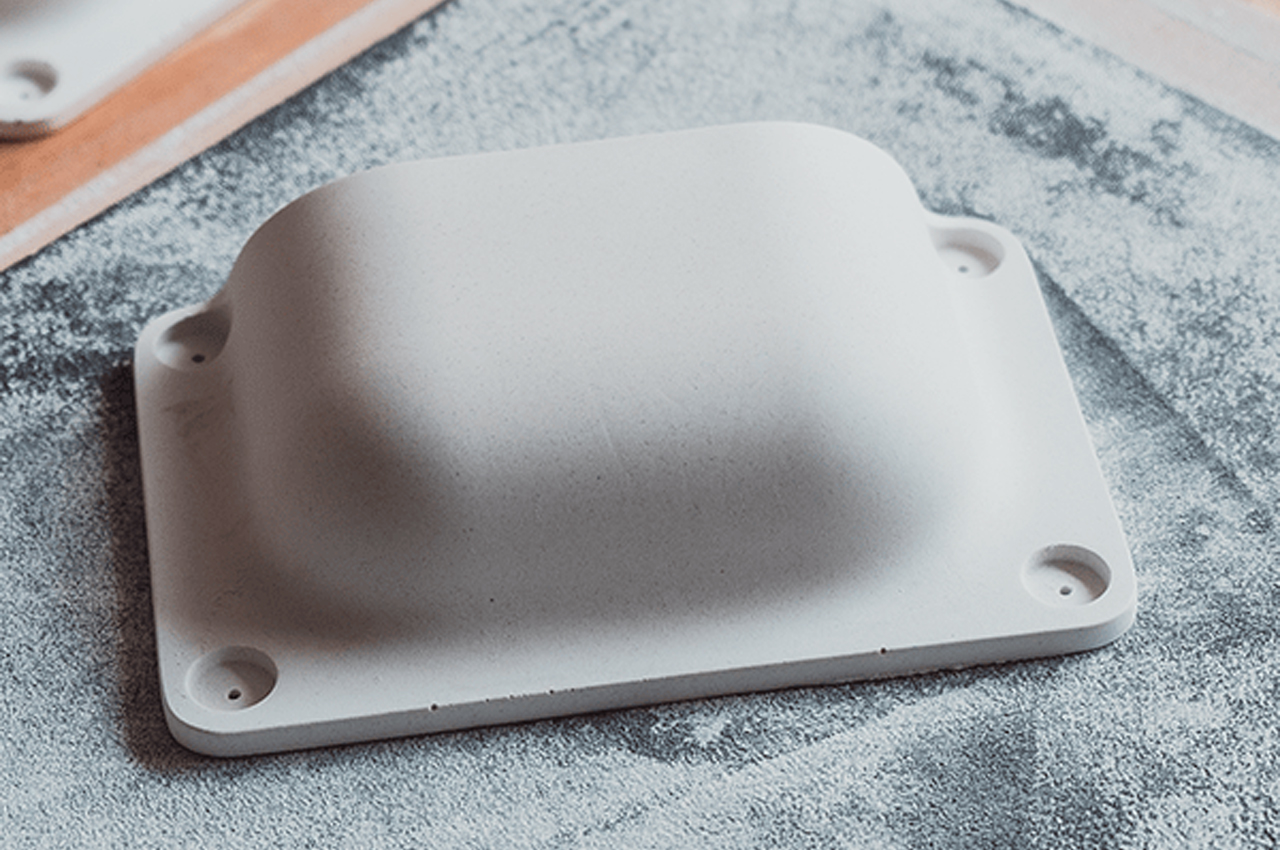
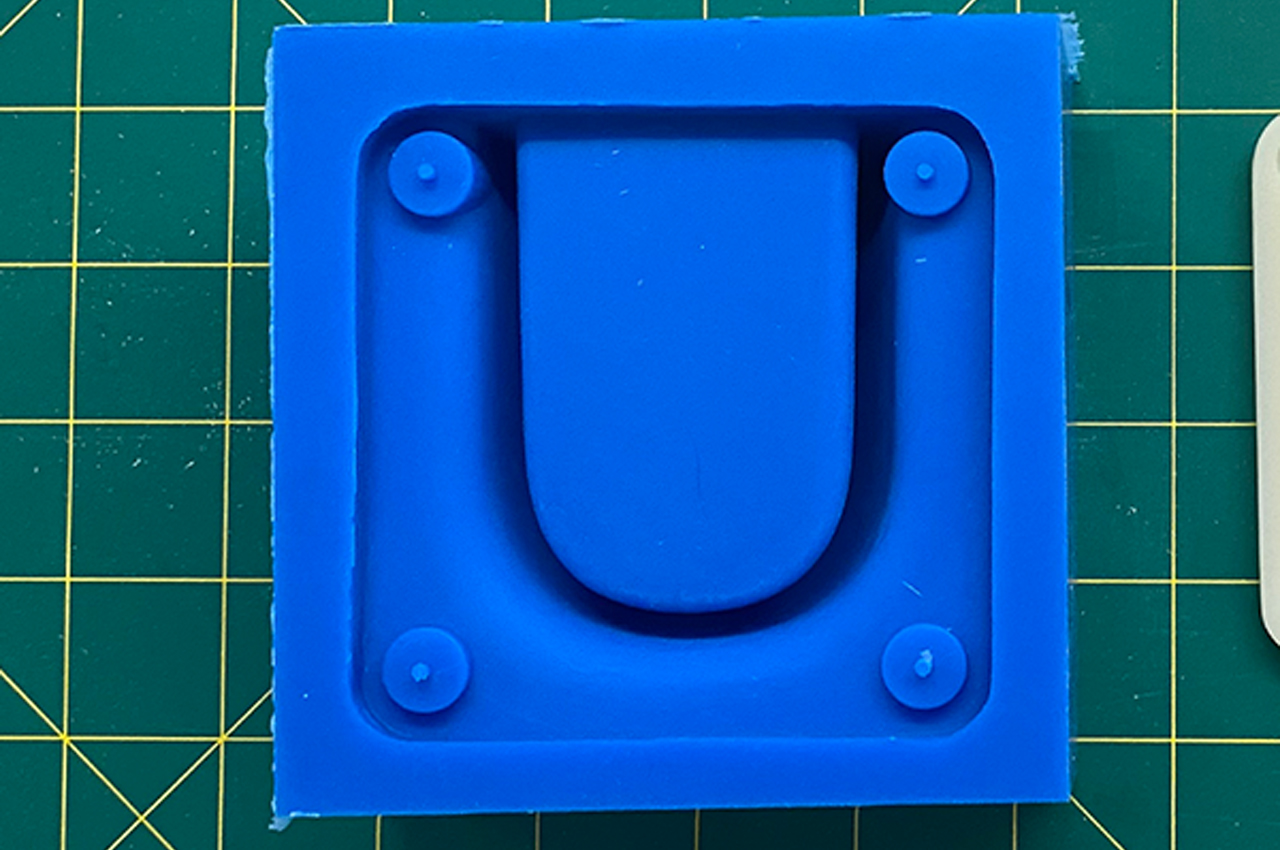
The team of designers chose to work with jesmonite to give the wall garden system a seamless look like each planter was bulging from the corkboard. Merging each planter with the wall behind it, Préssec designers looked to thumbtacks to latch the planters’ corners to the corkboard. These thumb tacks are made up of different colors for users to customize the look of Flora.
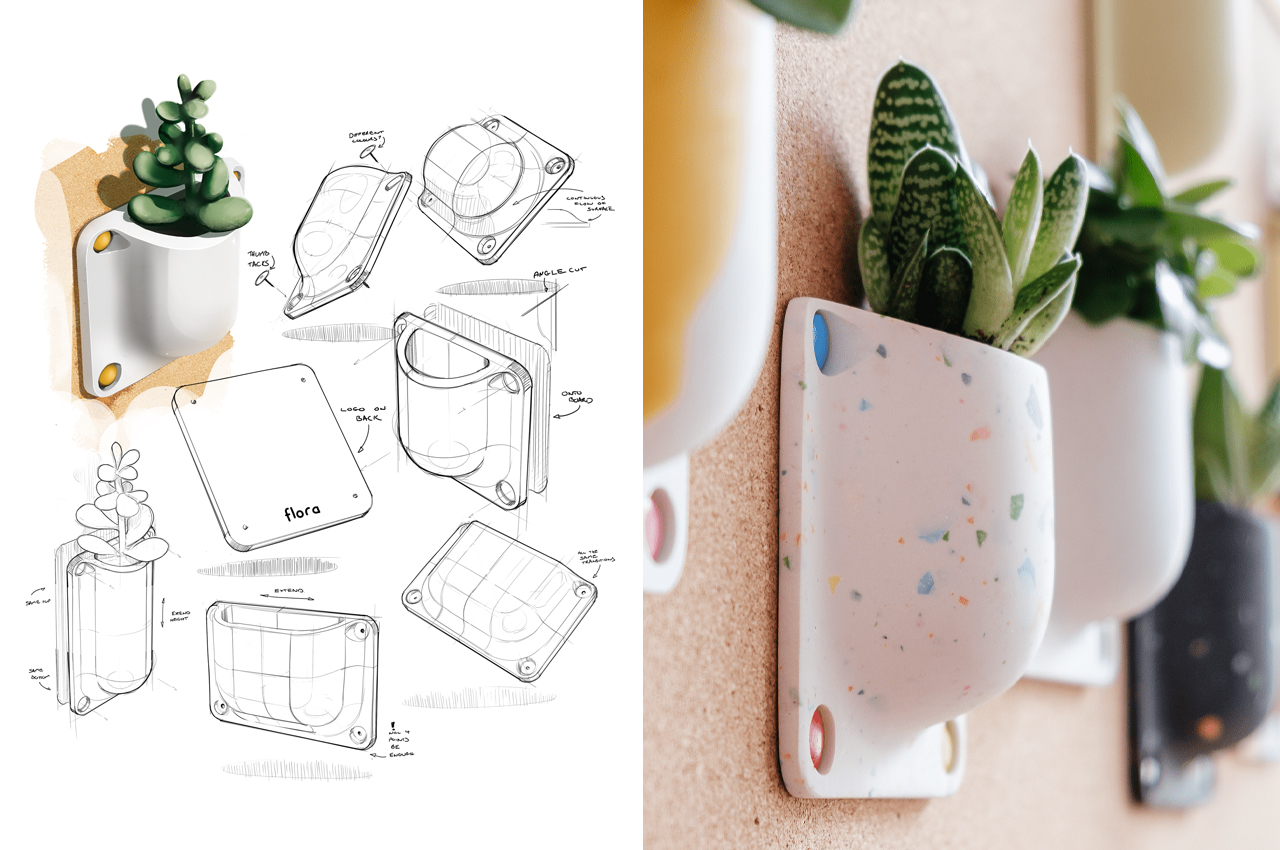
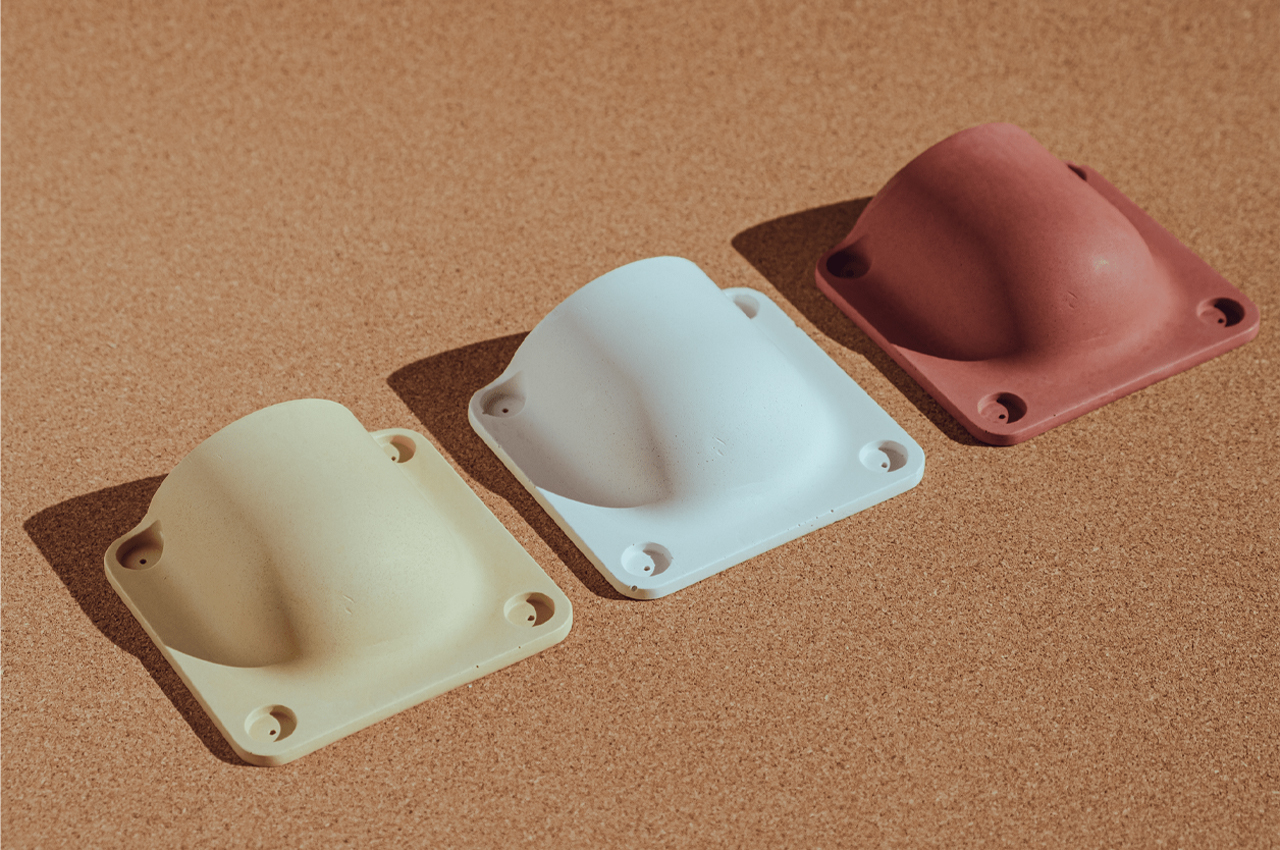
While jesmonite gave Préssec designers the chance to experiment with the overall look of Flora, maintaining the concrete casting’s crisp edges was a challenge. Following periods of research and prototyping, the team of designers settled on a silicone mold for the jesmonite casting.
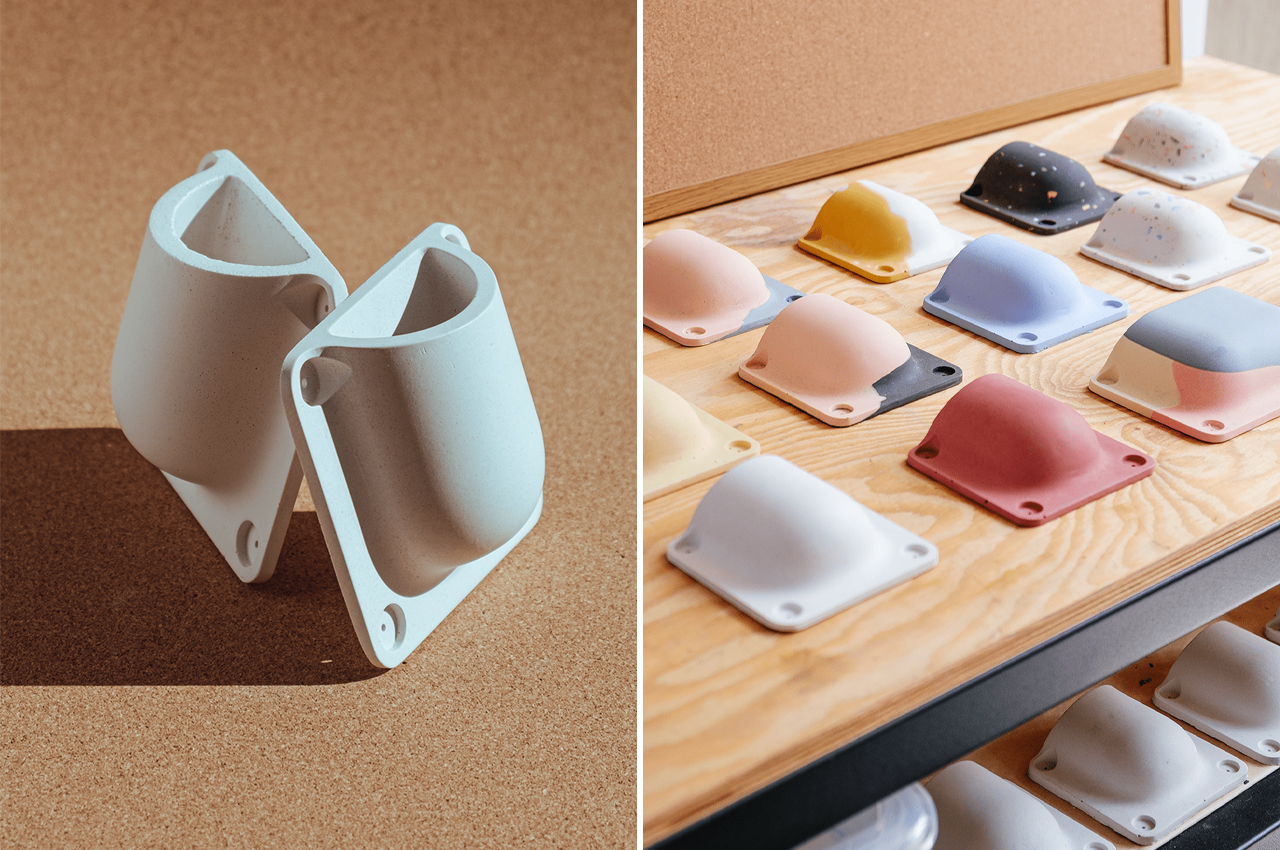
Explaining their process, Préssec designers describe, “It took a lot of experimenting with the ratios of the different aggregates but we got it to a point where we maintained the structure and kept the crisp edges of the design.”
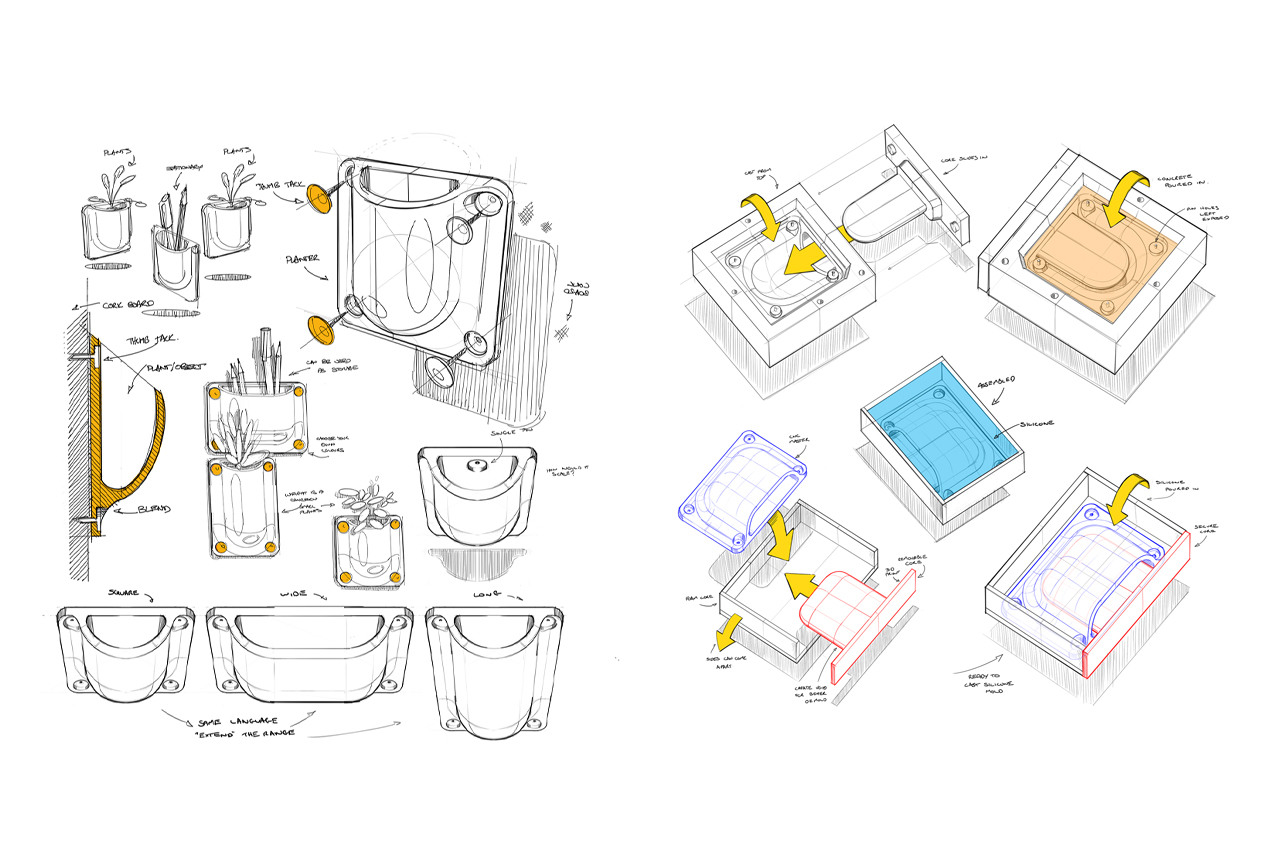
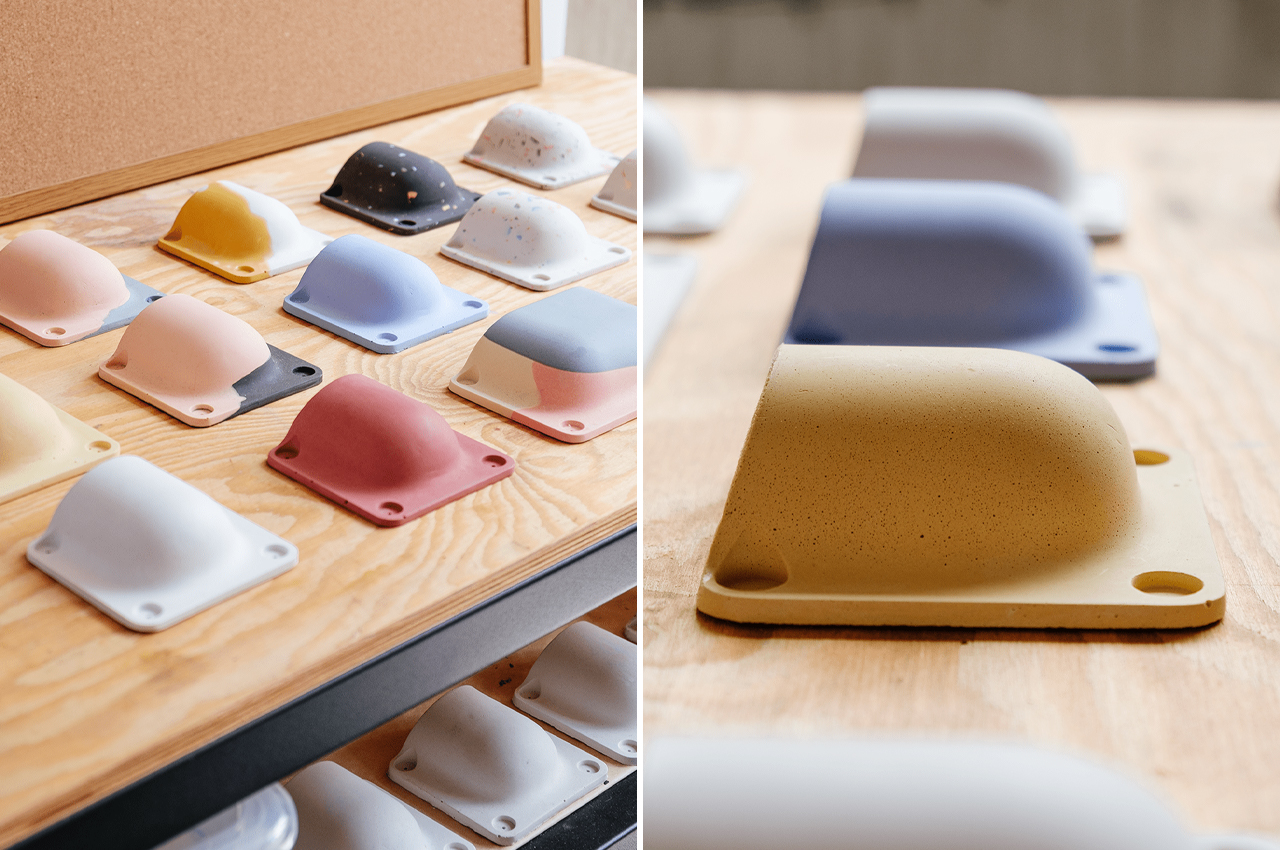
The post Tiny ceramic planters that can be pinned create fun, customizable planters for WFH offices first appeared on Yanko Design.
